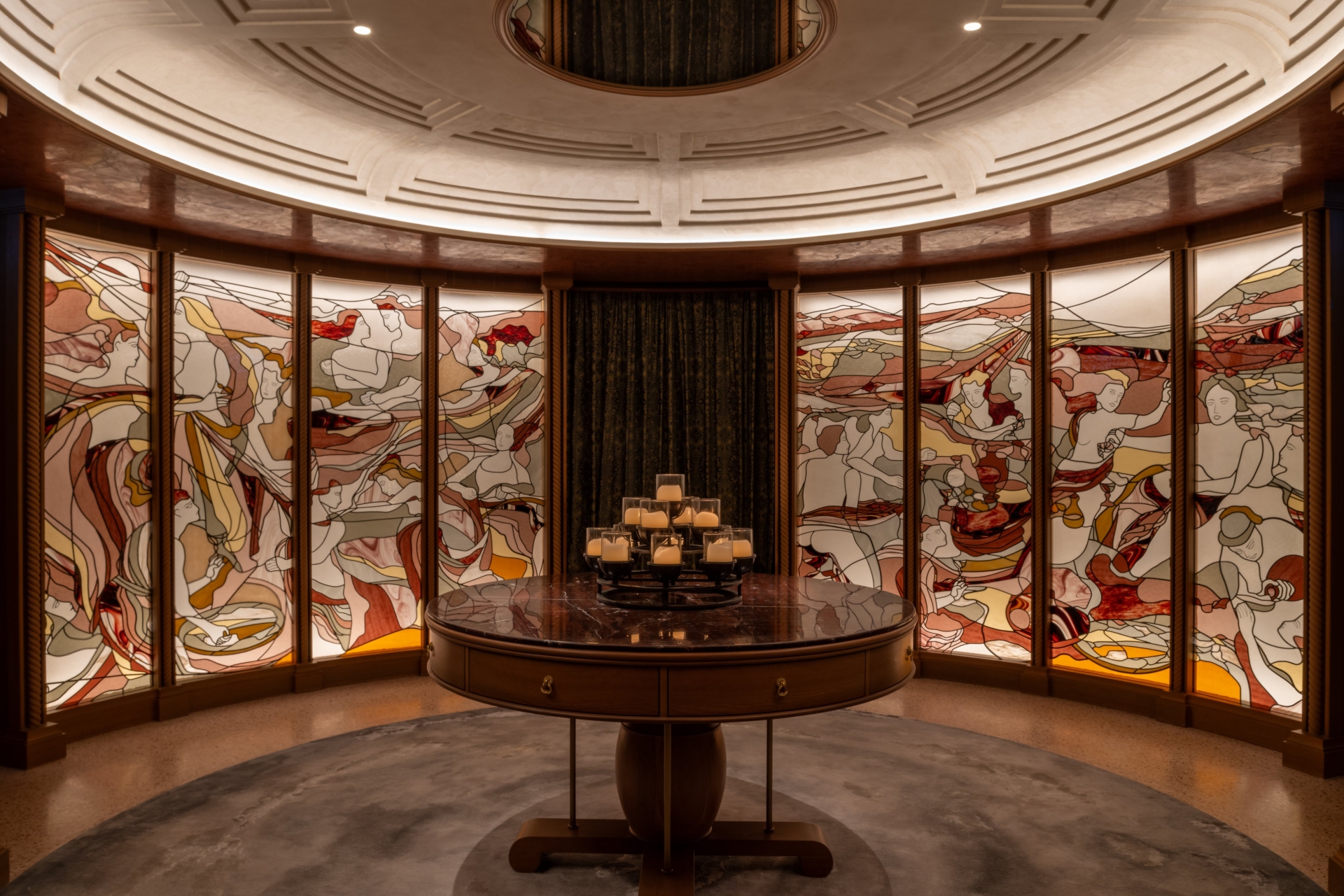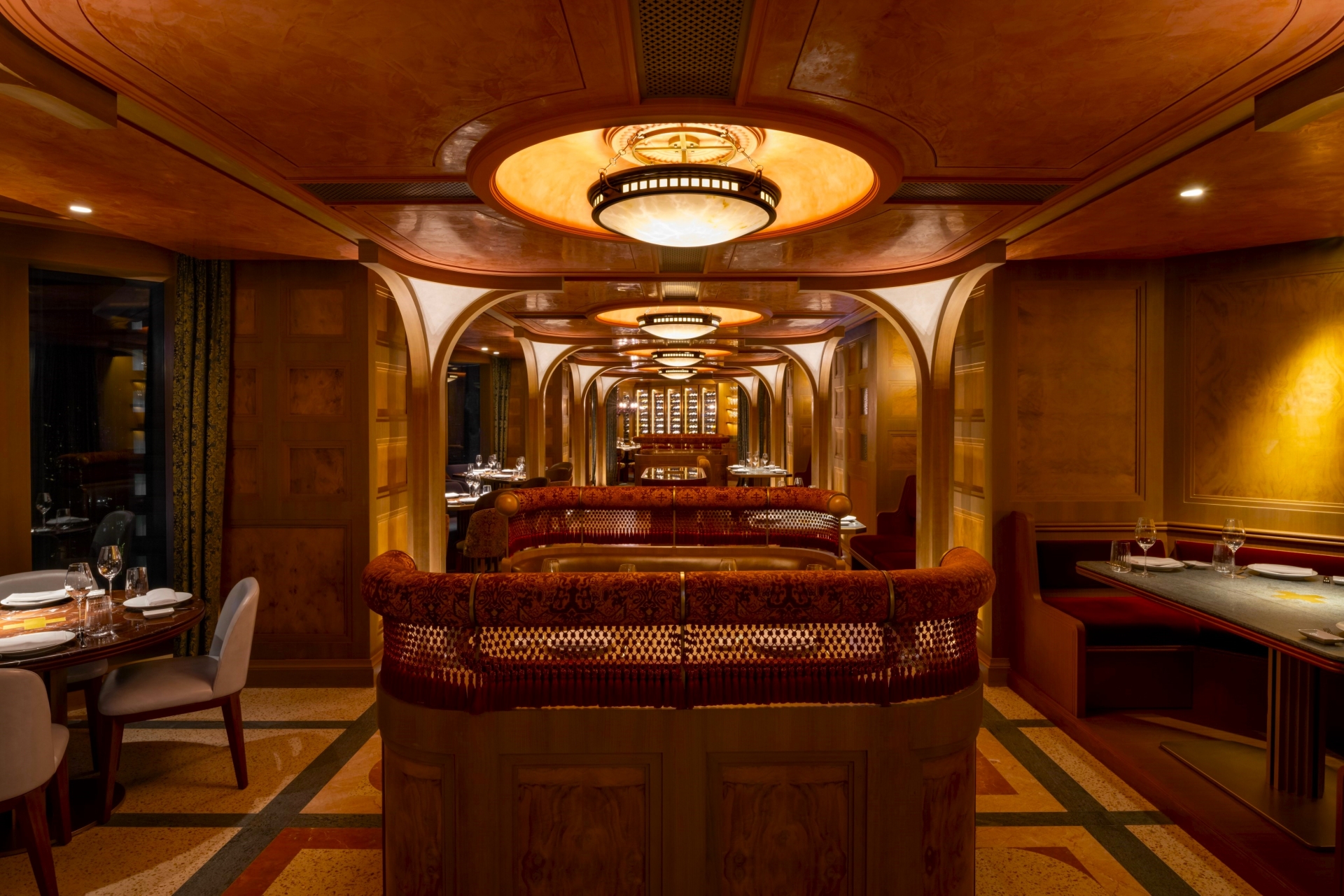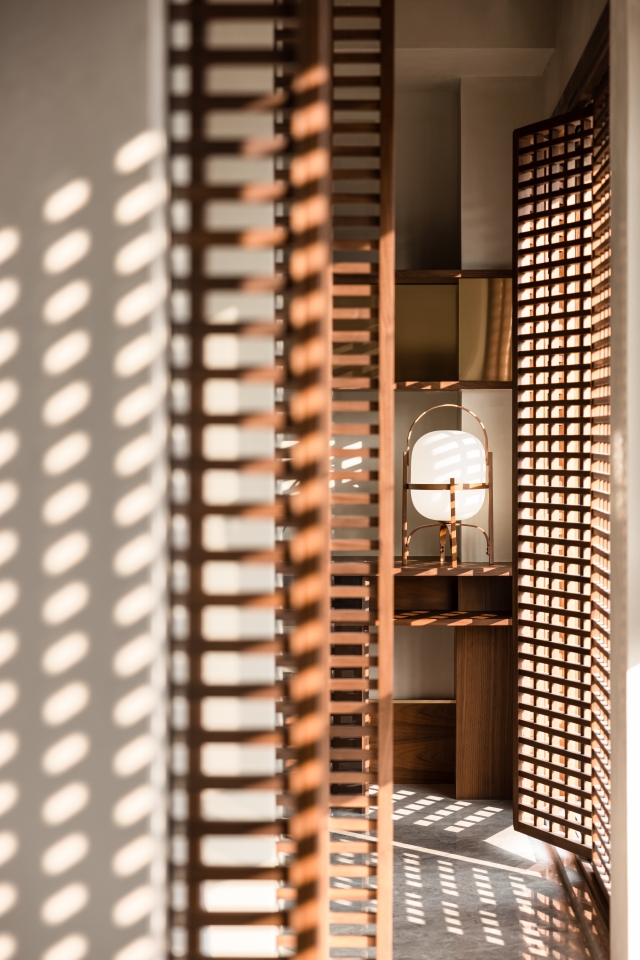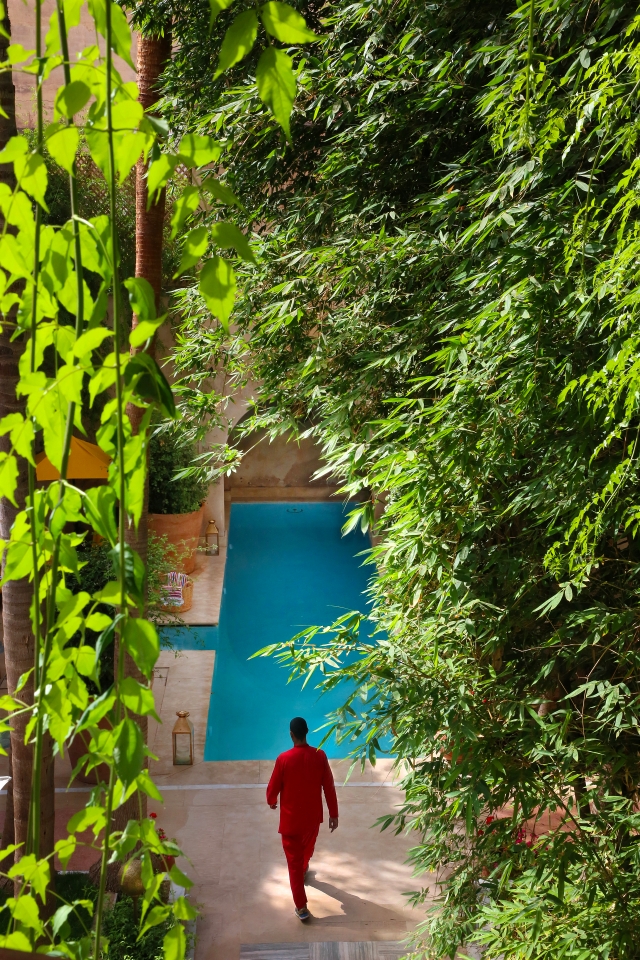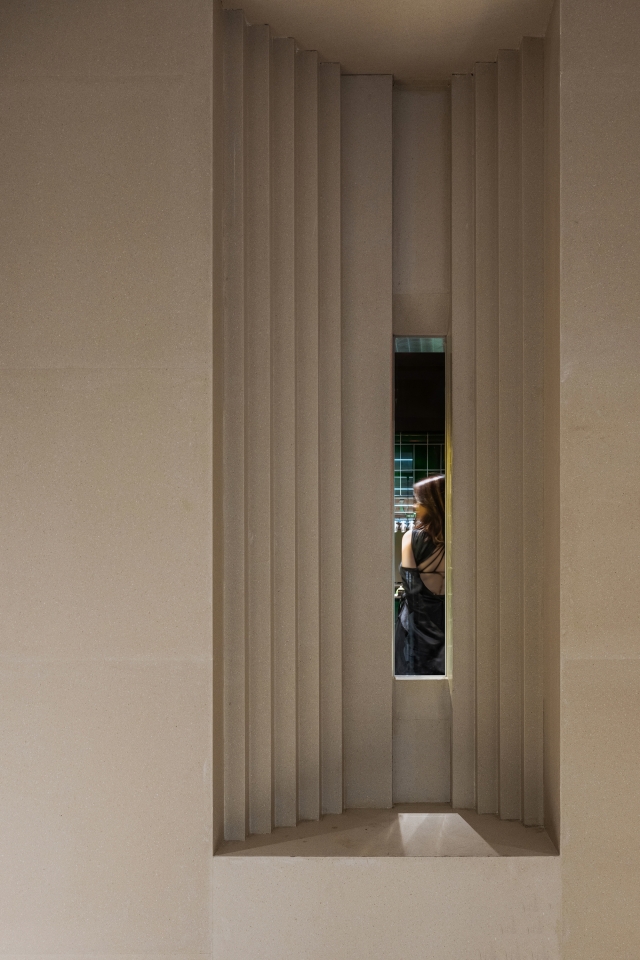The cosmopolitan metropolis of Hong Kong blends traditional Chinese culture with contemporary global influences. It is a melting pot of Eastern and Western influences, architectural melange, a mix of modern skyscrapers, traditional temples and an intoxicating combination of markets and shopping, from luxury boutiques to bustling night markets where you can find everything from local street food to designer goods. Here, old meets new, tradition mingles with innovation, and surprisingly to many, it offers beautiful natural landscapes, mountains, gorgeous white beaches and over 250 outlying islands where you can experience another side of Hong Kong life.
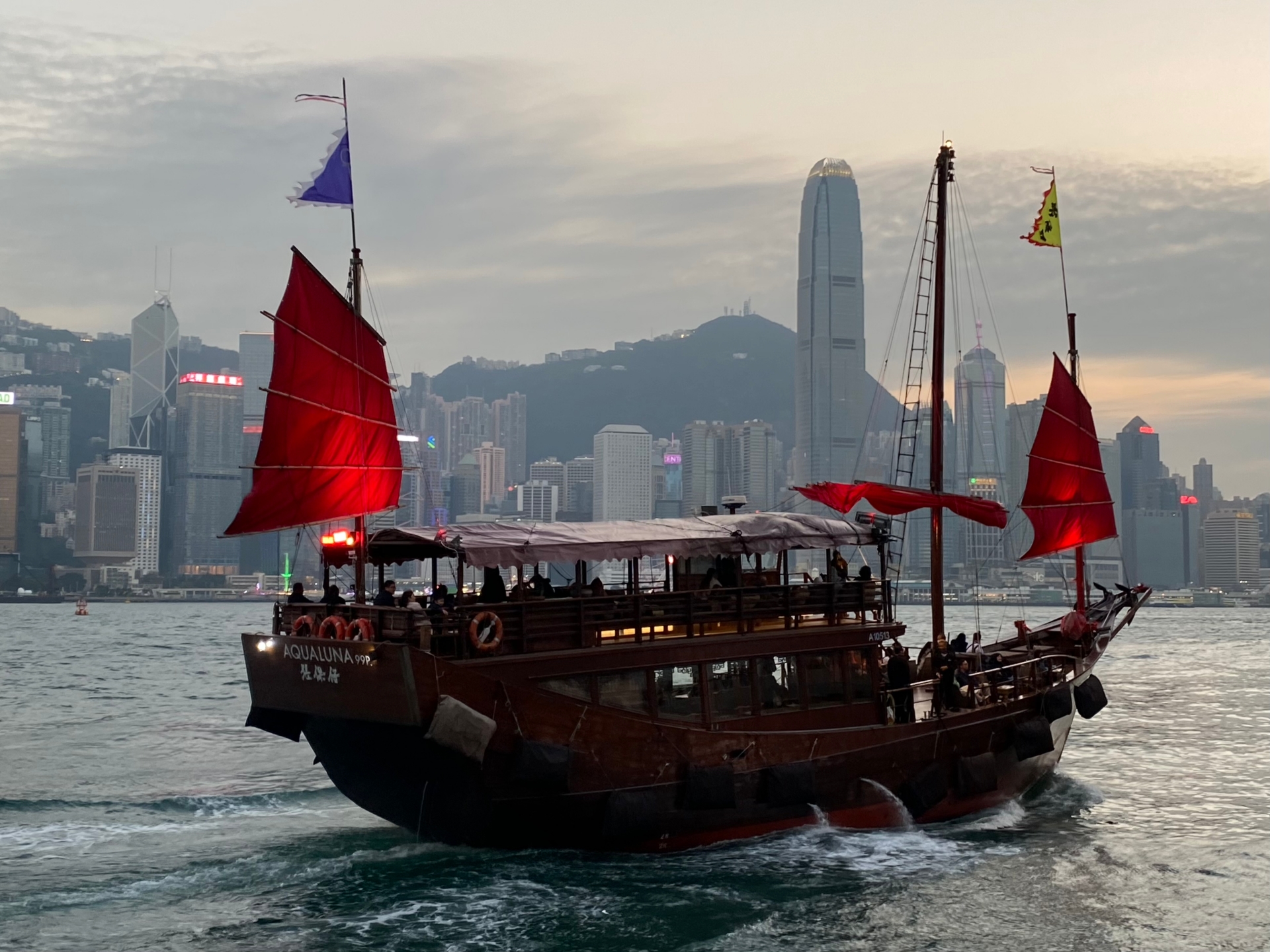

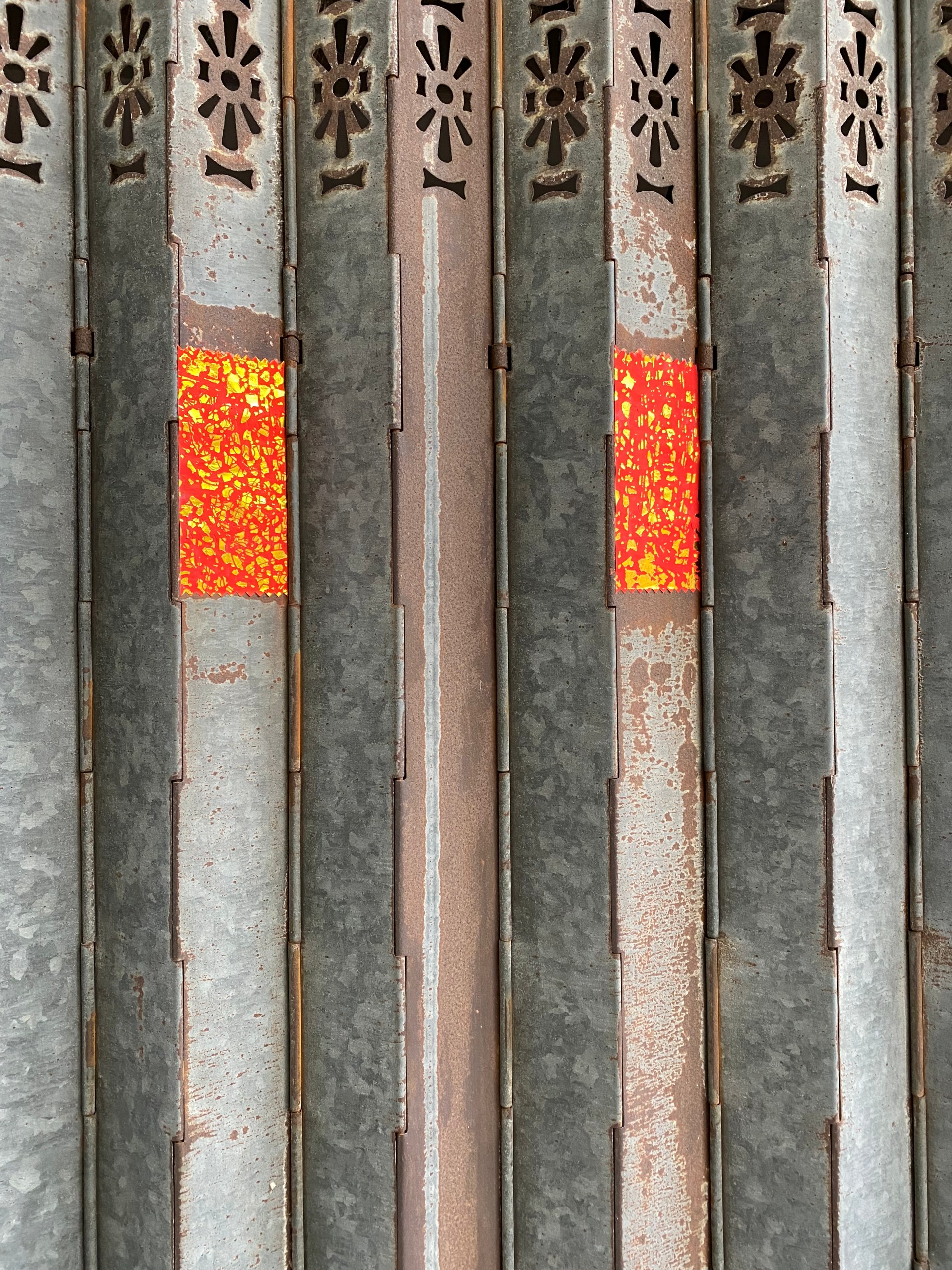
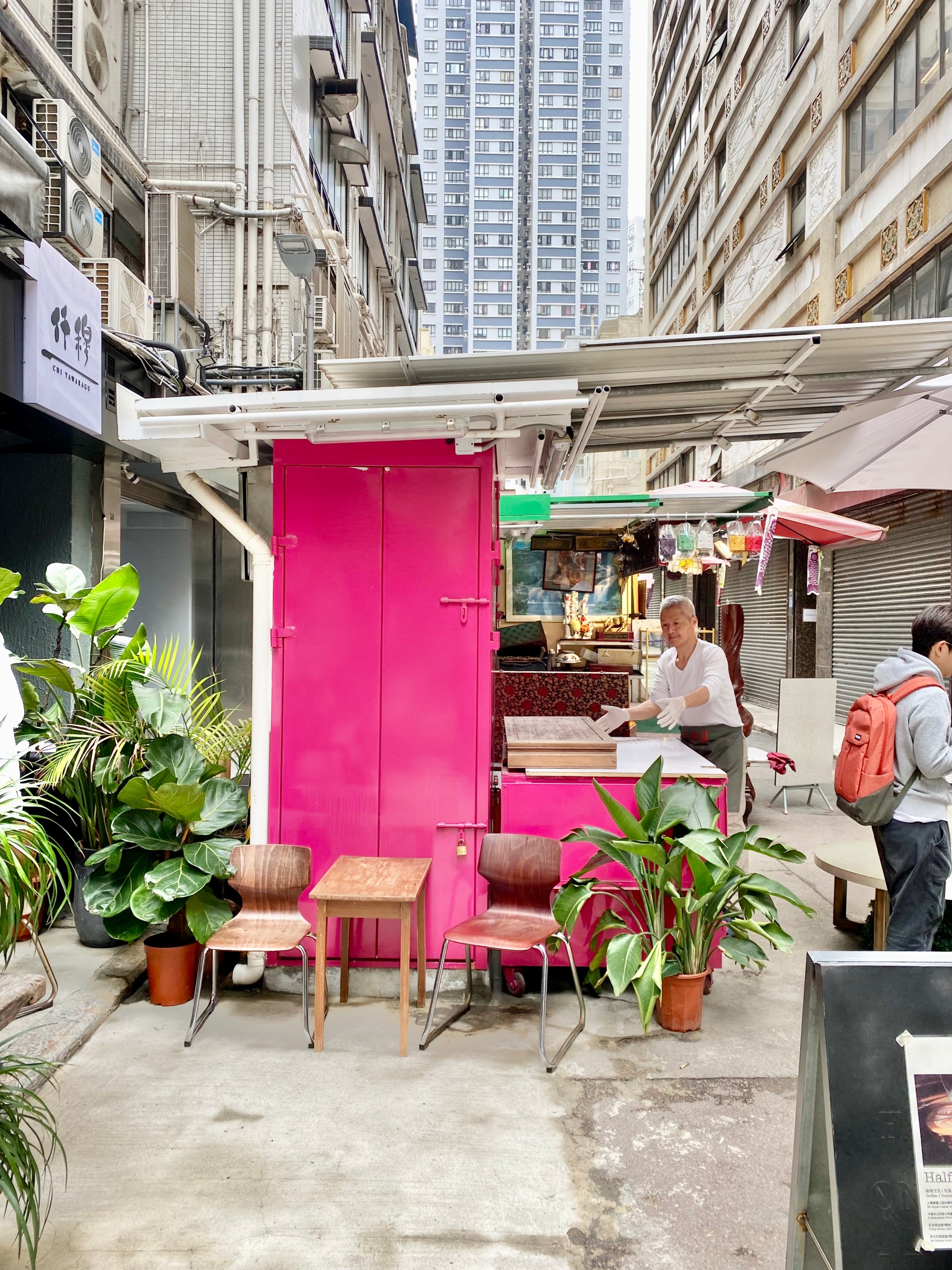
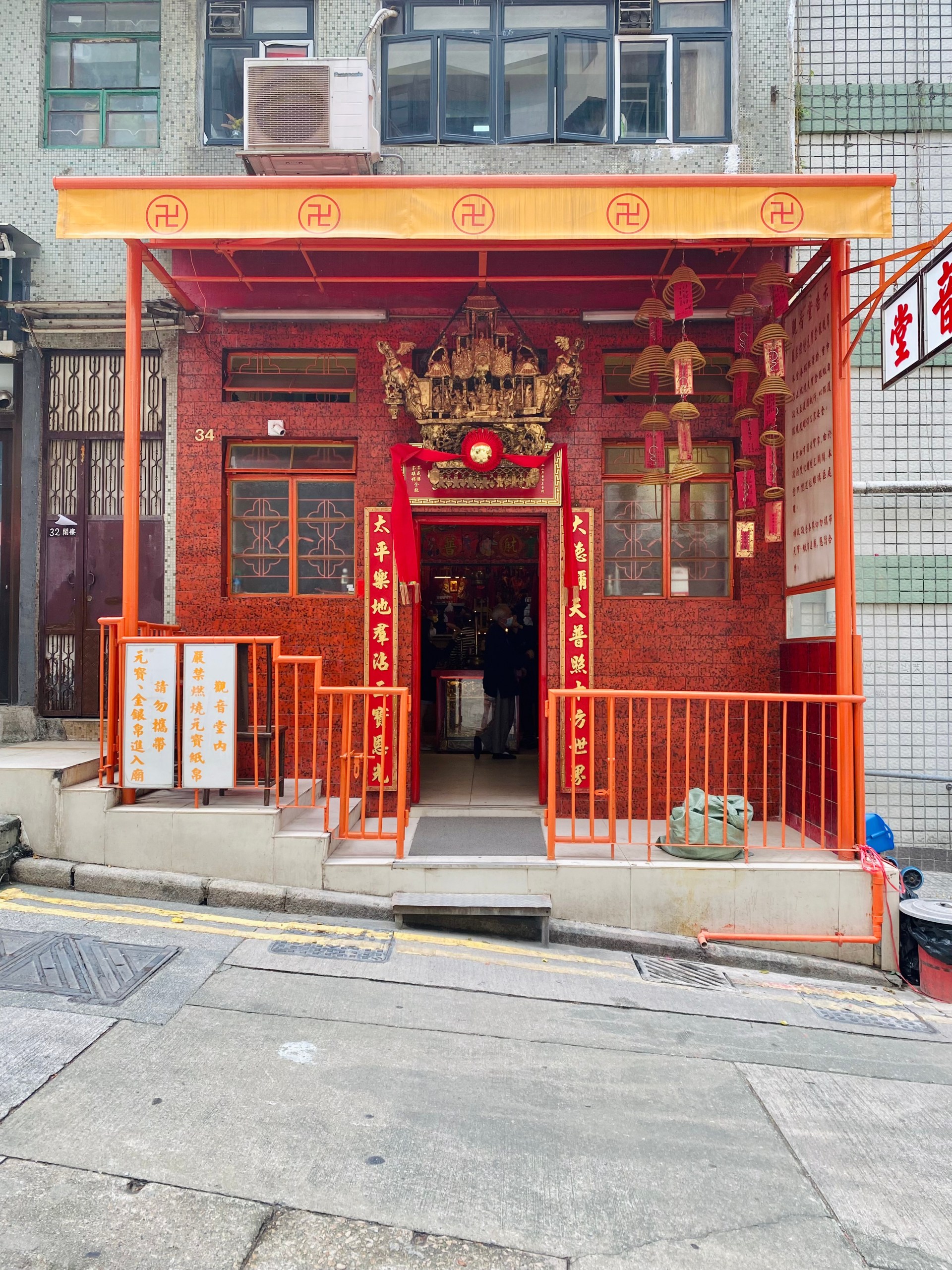
Strolling through the determined crowds in Tsim Sha Tsui streets feels like fighting against a complex choreographed dance without knowing the moves. The determined crowds, like a swarm of worker ants on a mission - accompanied by a sensory onslaught of flashing neon, the constant chit-chat of passersby, the tooting of horns from the local minibuses, private cars and taxis, mingled with mouthwatering aromas - it's madly chaotic and also exhilarating. It's hard not to fall in love with this dynamic, non-stop neighbourhood.
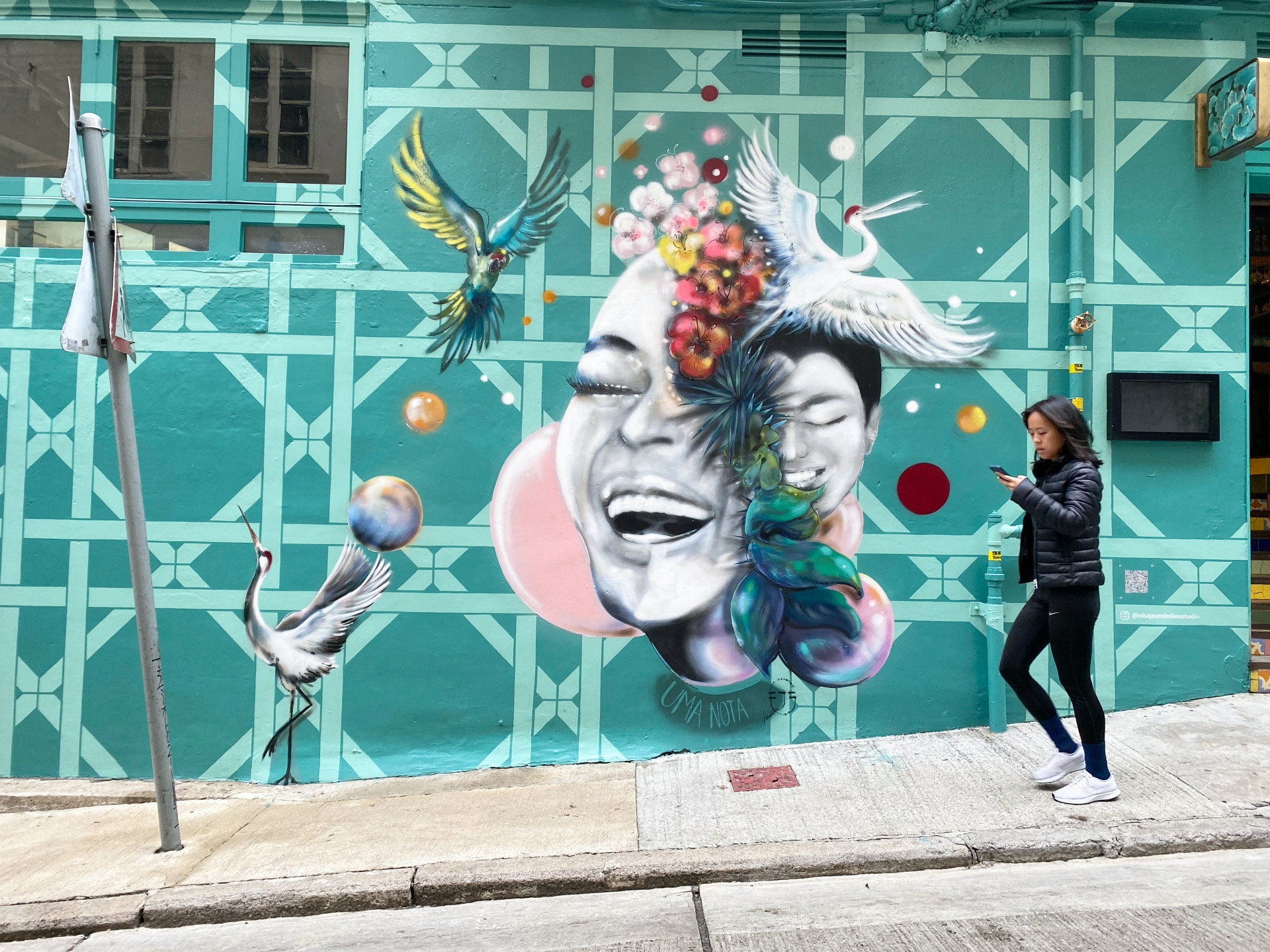
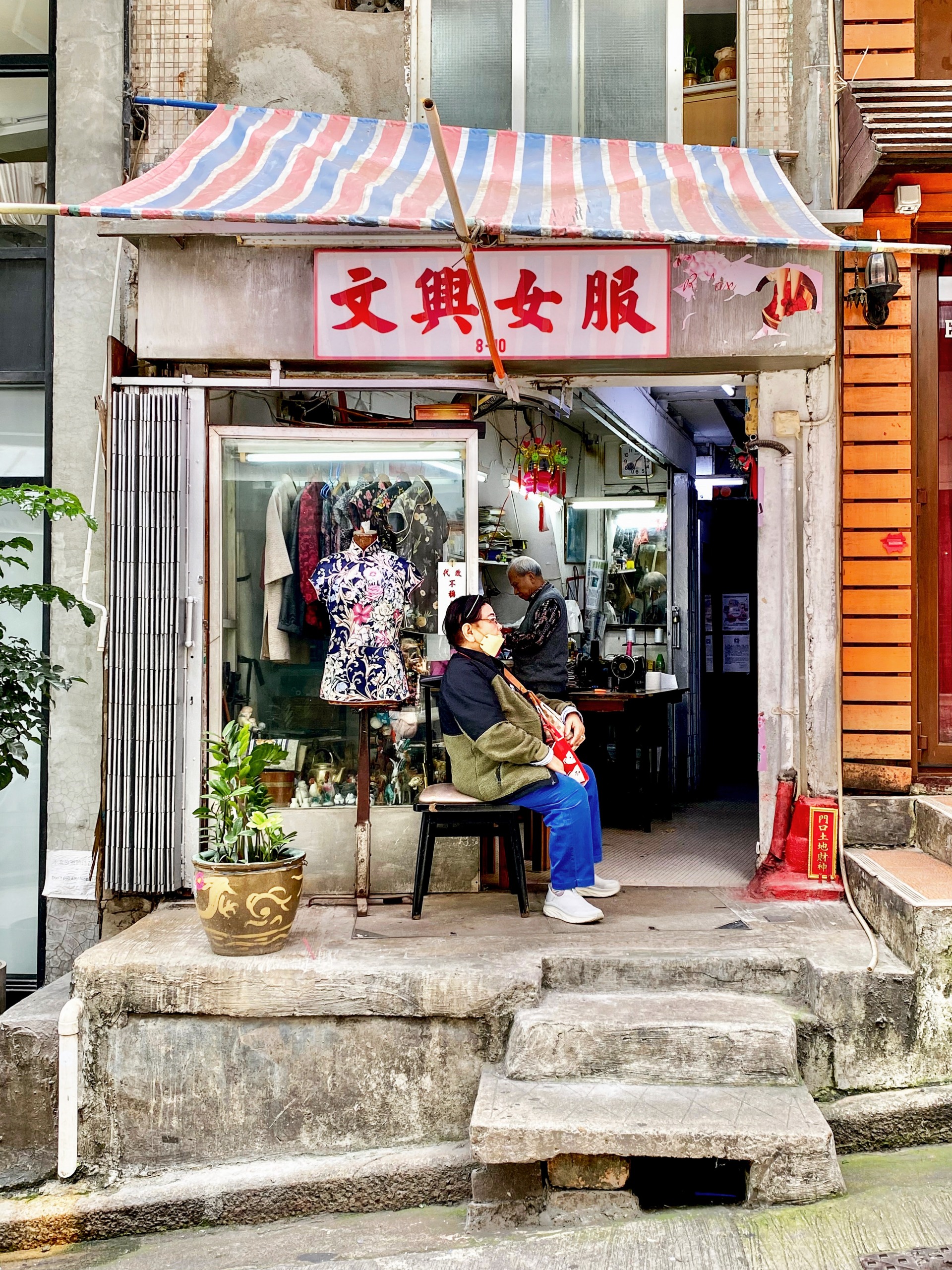
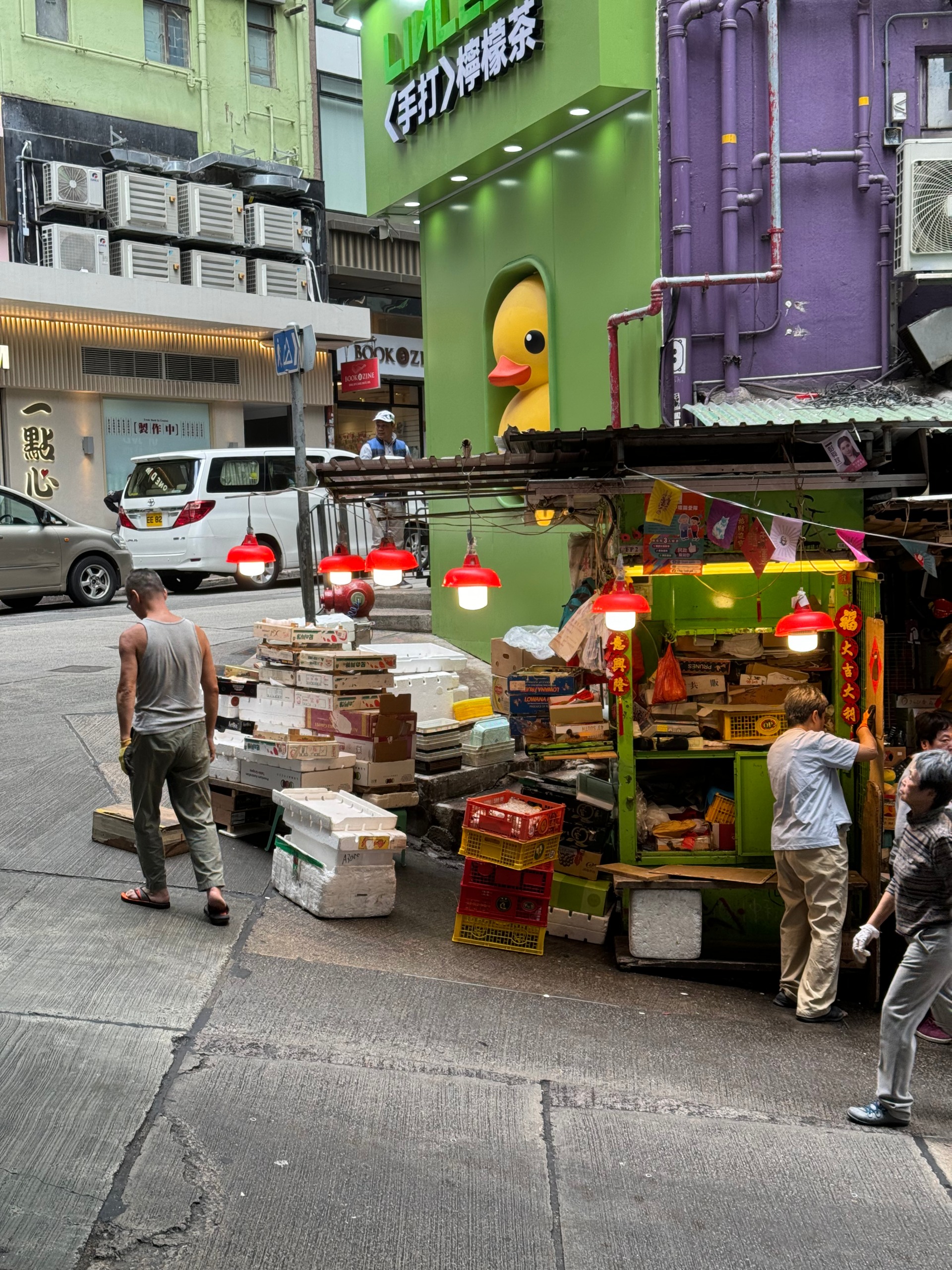
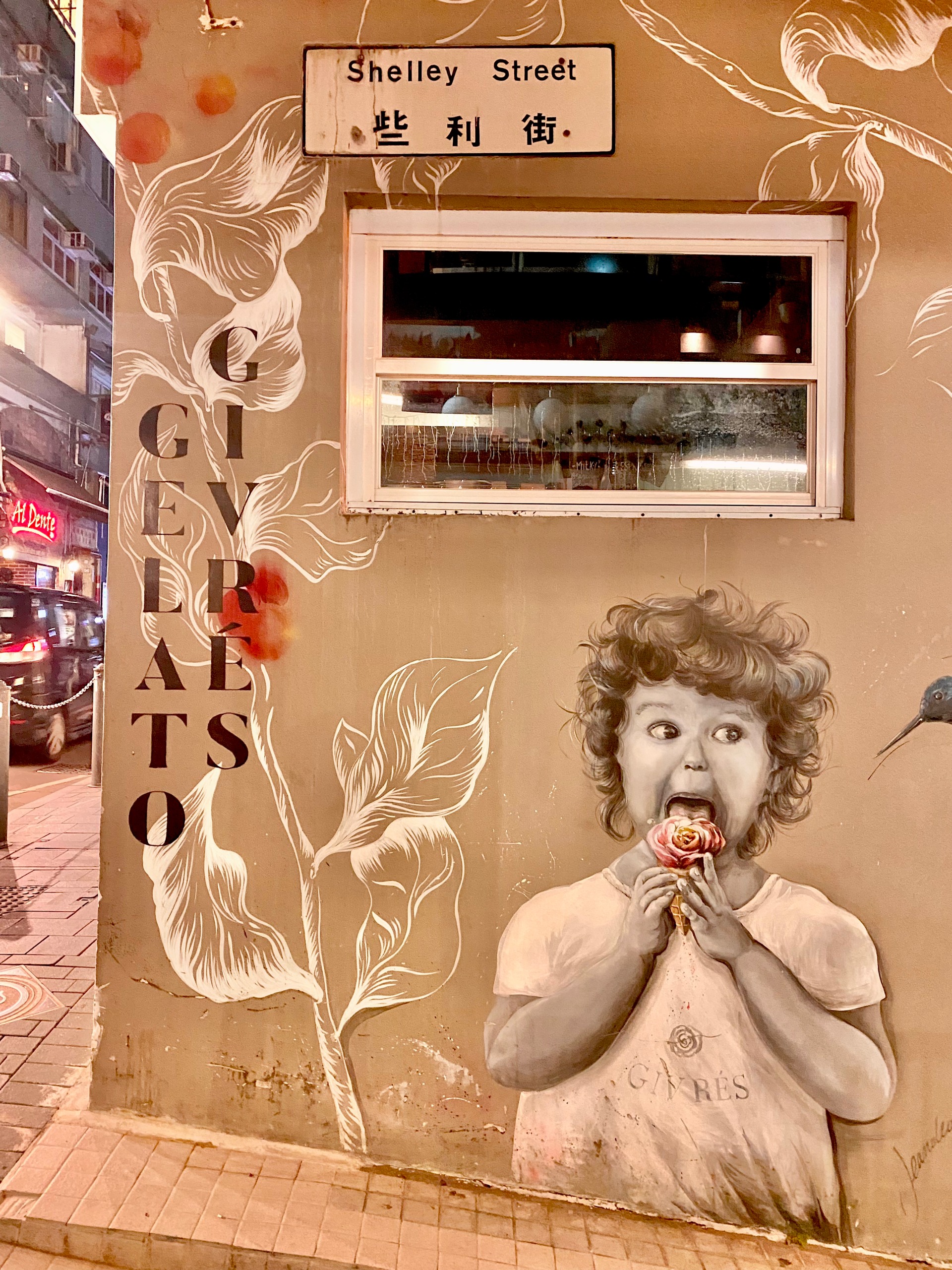
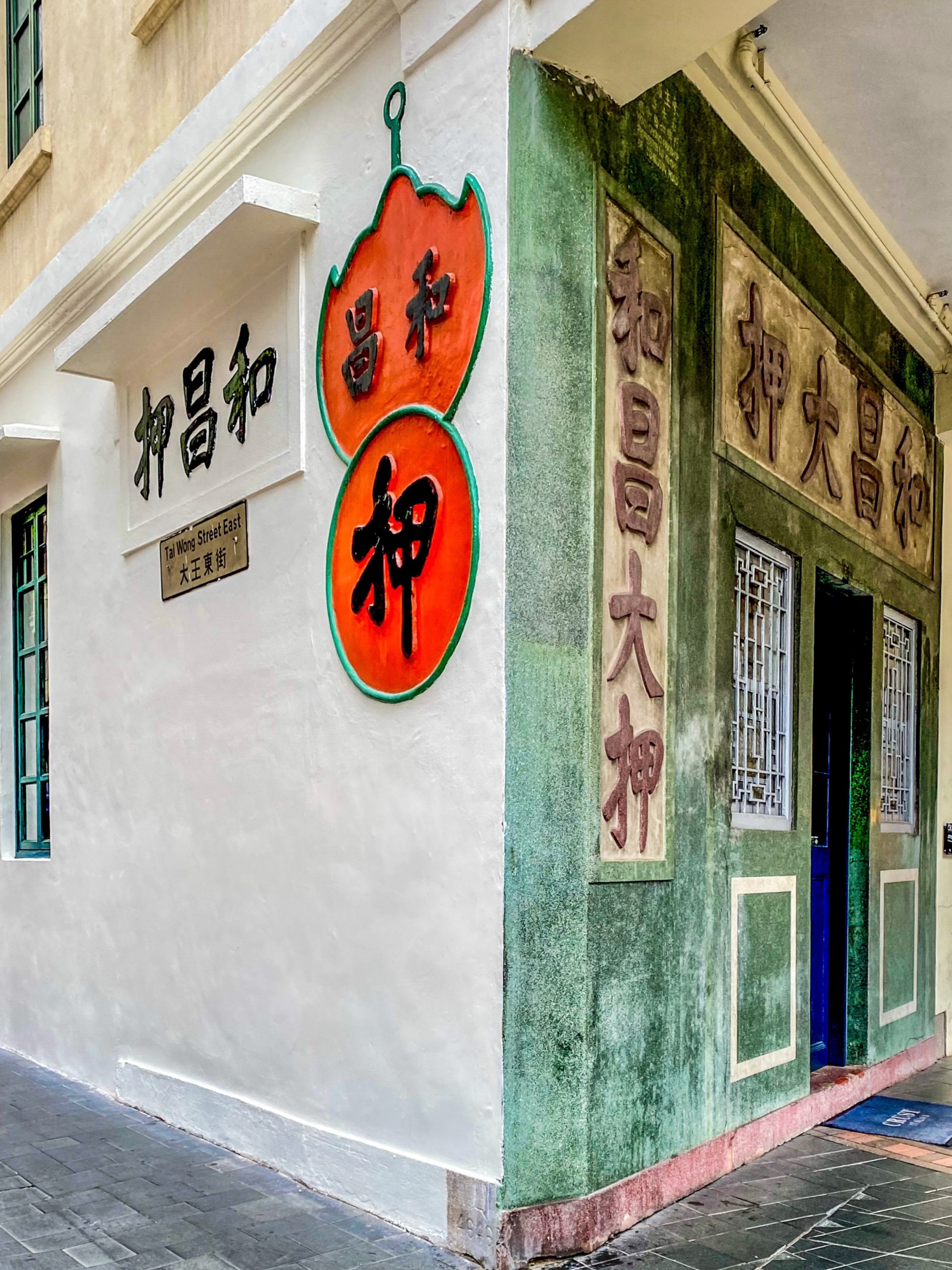
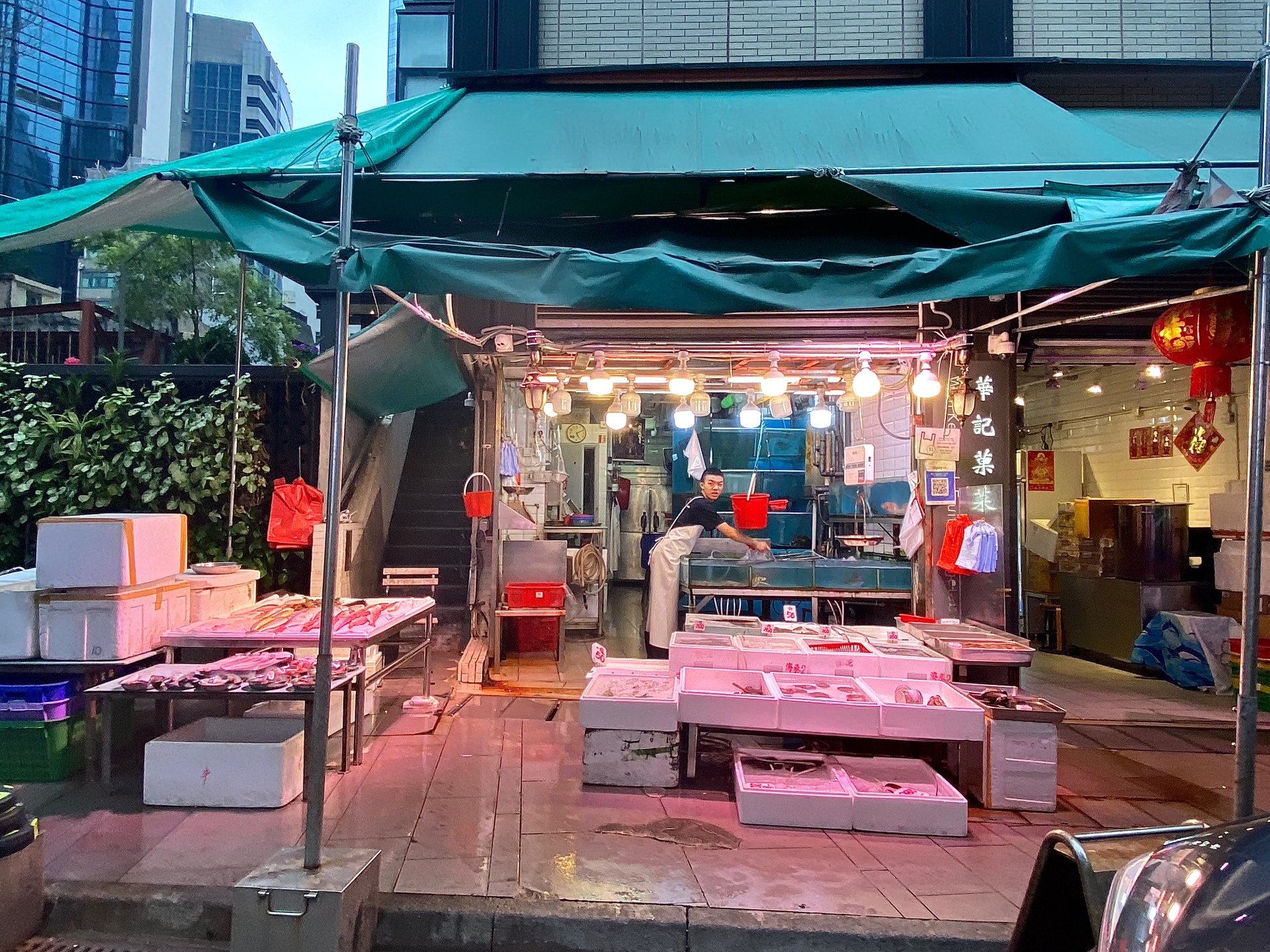
Supercharged Setting
Being surrounded by water, The Mondrian Hotel enjoys a naturally good feng shui. The ancient art of feng shui still shapes Hong Kong and feng shui masters are consulted to ensure the city's buildings are harmonious and prosperous, enabling good "chi" (energy). 'Feng' means 'wind', and 'shui' means water, and with its mountains and harbour, where all the energy collects, Hong Kong is the only place in the world that exactly matches the best feng shui principle of wind and water. Therefore, this creatively charged property exemplifies the city's vibrant spirit through clever and nuanced designs referencing Hong Kong's rich history and feature artworks from local artists.
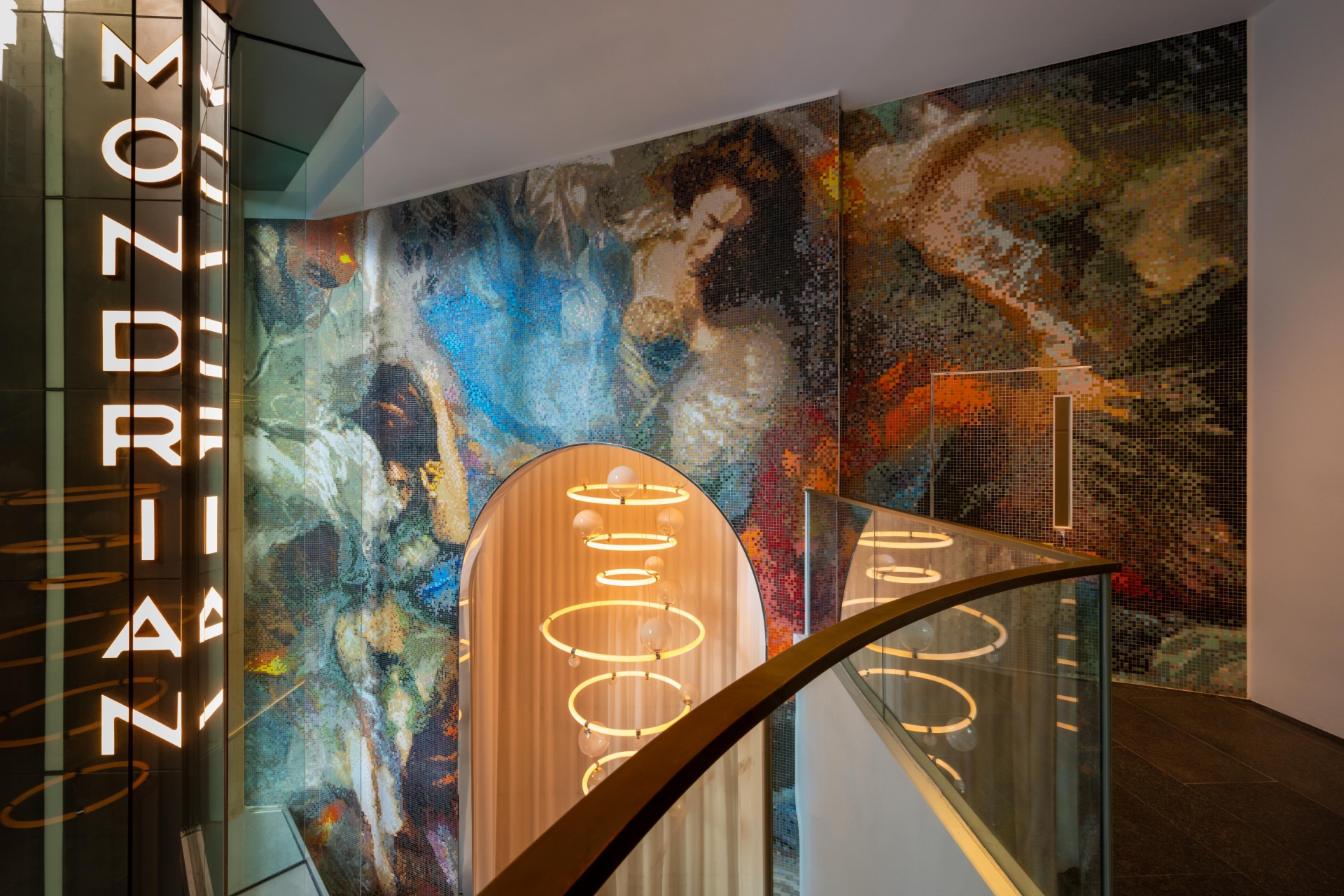
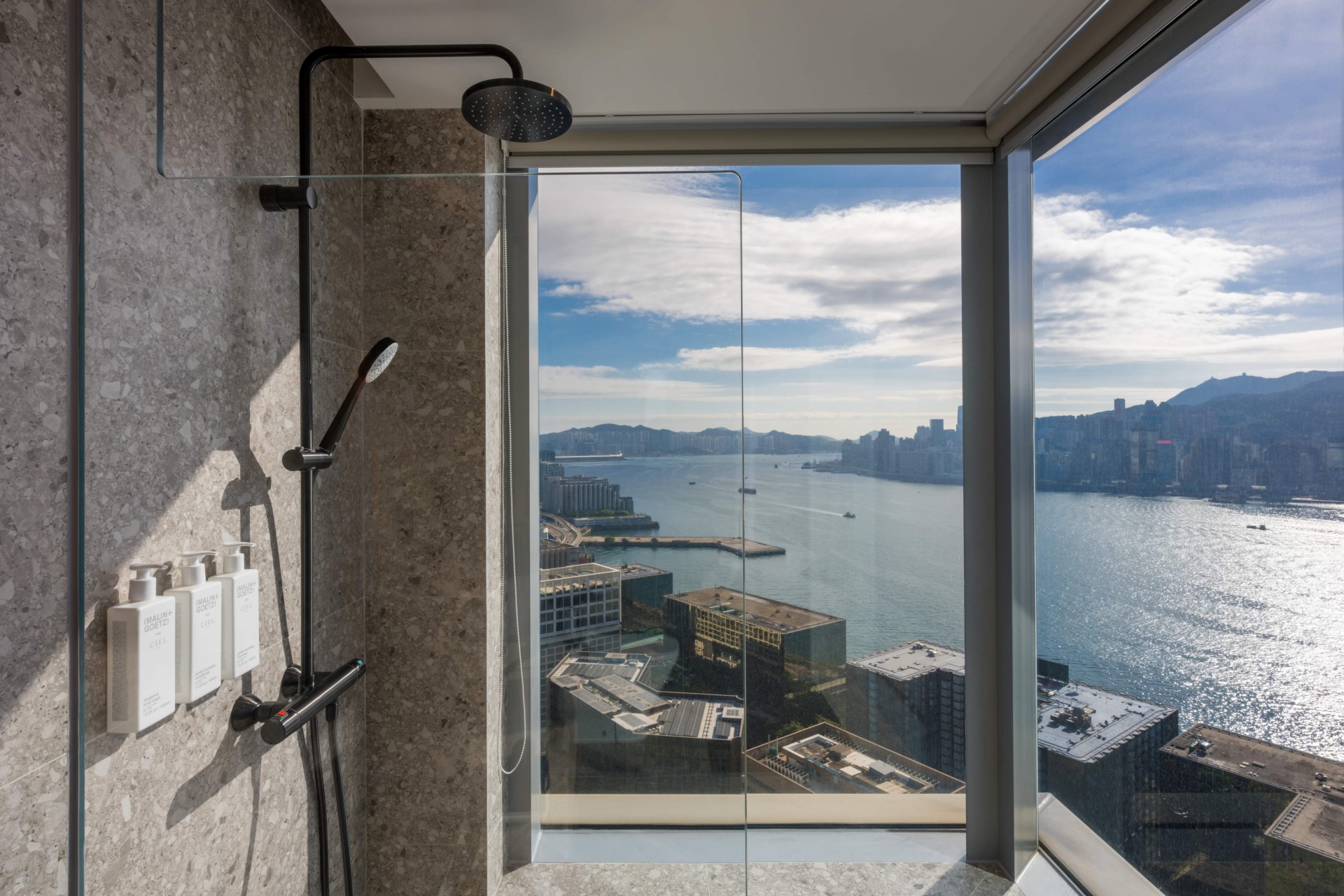
The Mondrian creates culturally rich and immersive experiences that are not just for travellers; they aim to resonate with the local community, ensuring that each property reflects the spirit and essence of its location. To push boundaries by bringing art closer to our neighbourhood and community, making it edgy, accessible and relatable via impromptu street musicians and cultural dialogue to foster local talent and experiences, starting at the glass-fronted lofty lobby. Opposite is The Corner Shop, a small and unique street-level space for art, pop-ups, and creative events.
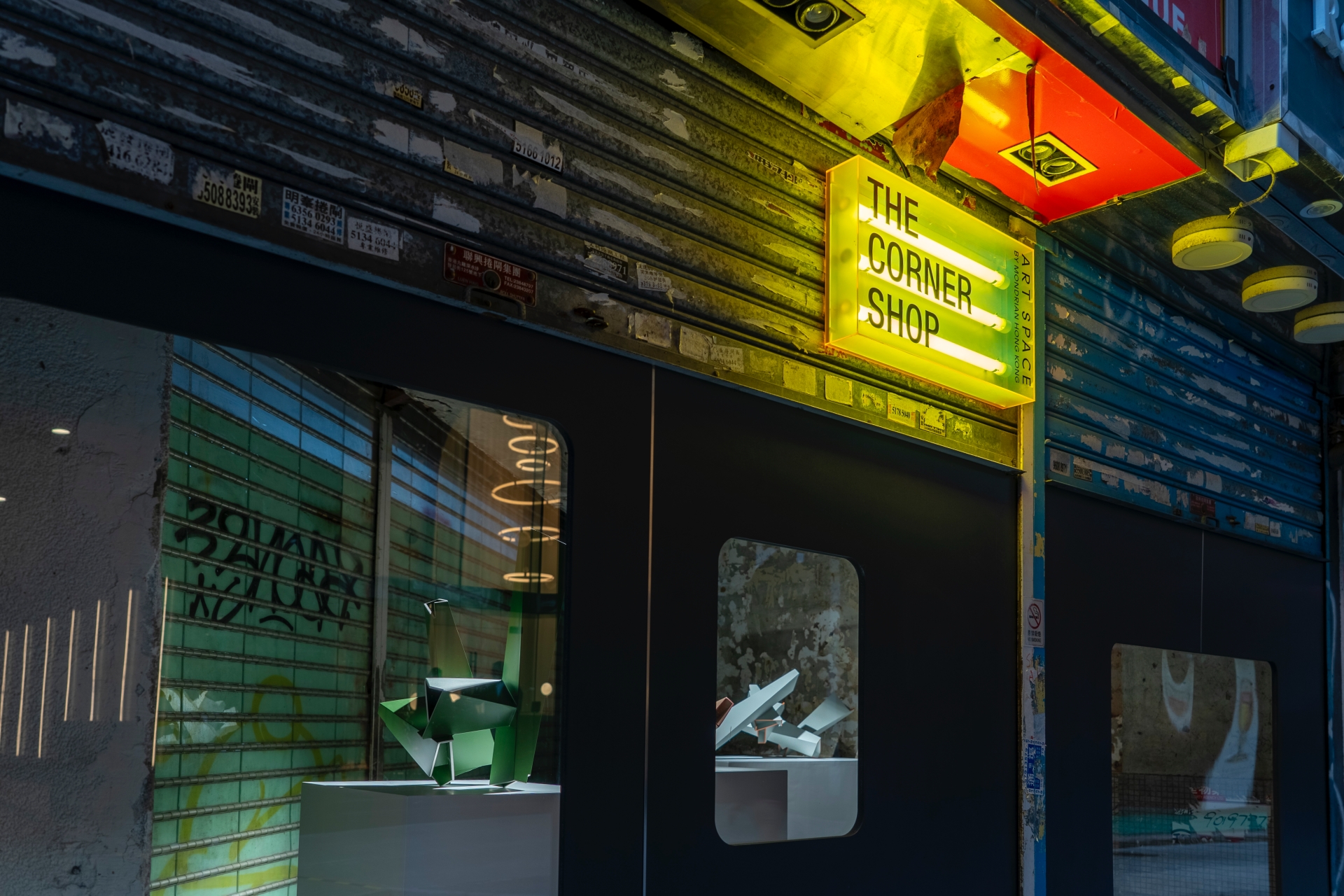
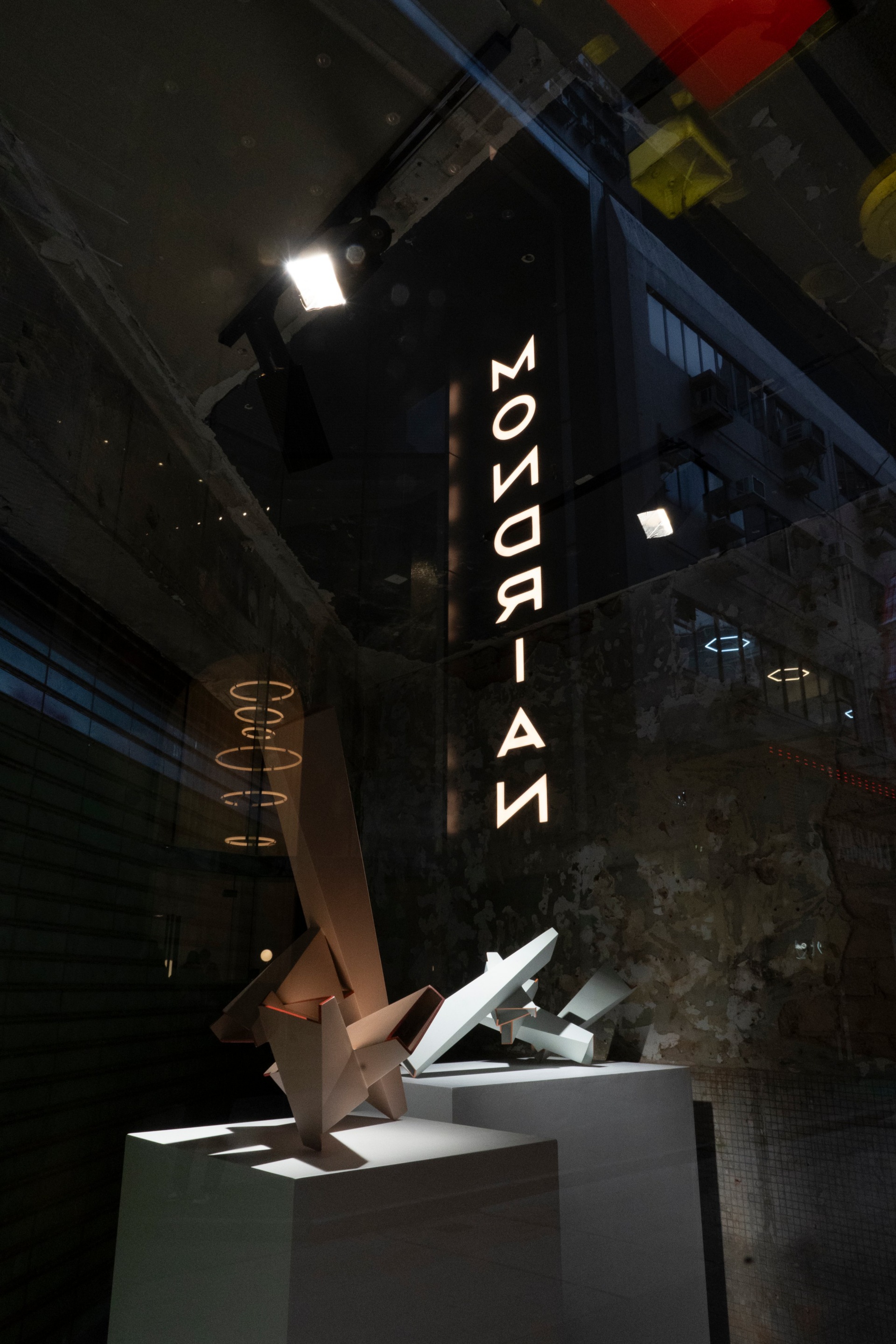
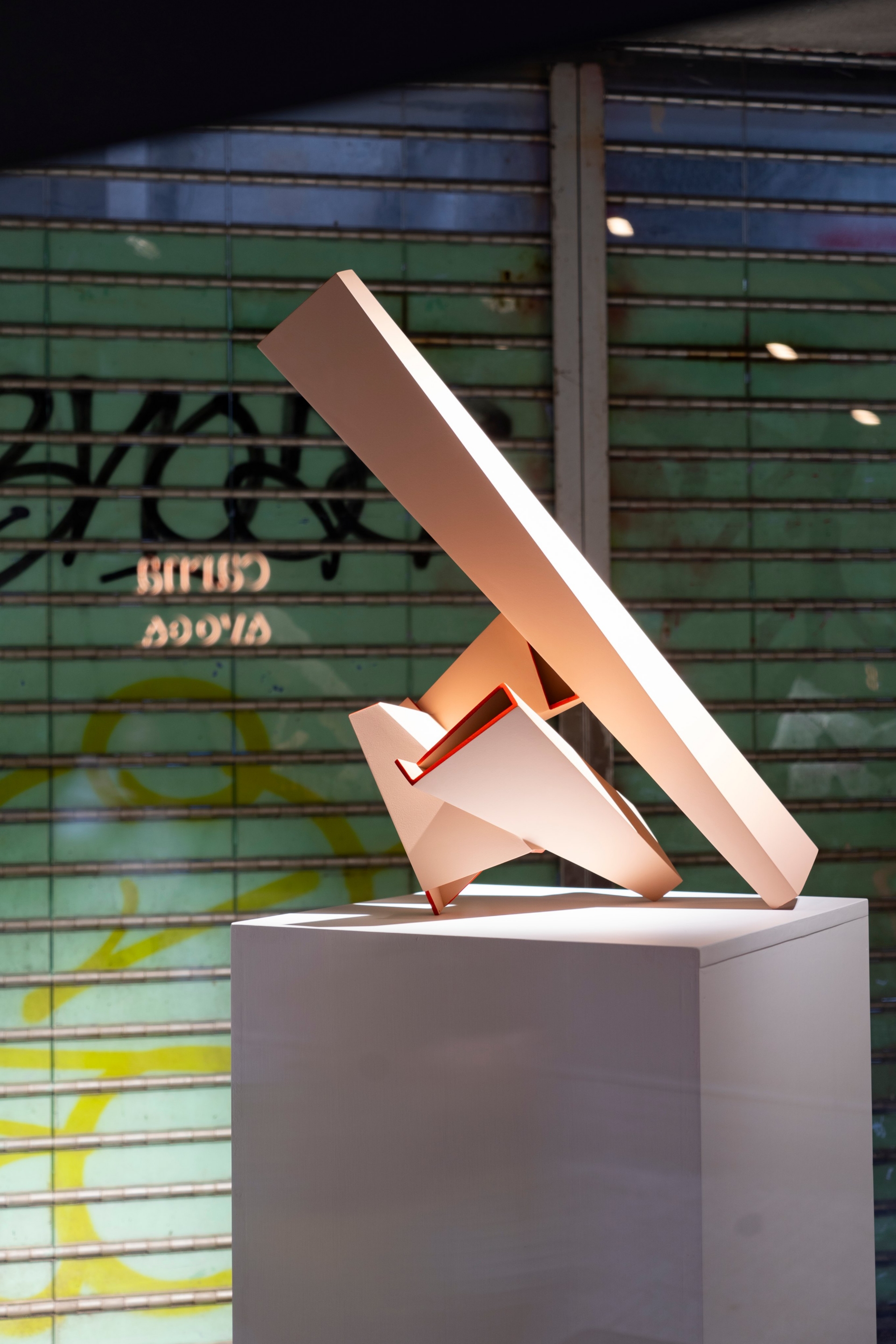
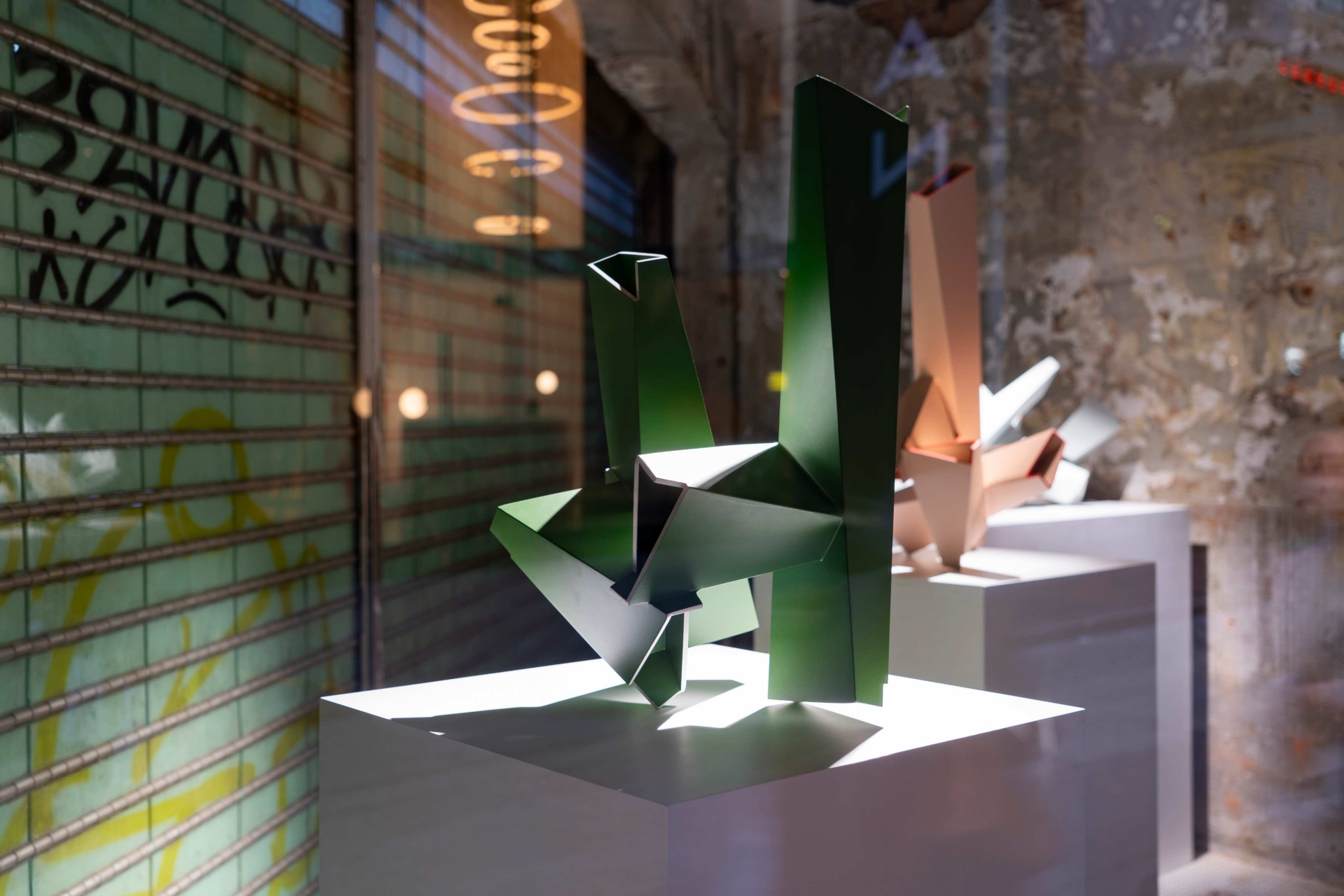
Its proximity to the arts and cultural scene, like the K11 MUSEA, Hong Kong Museum of Art and the West Kowloon Cultural District [WKCD], allows it to blend with the vigour and vitality of the neighbourhood. Its immersive, gallery-like interiors are a perfect fit into the diverse landscape.
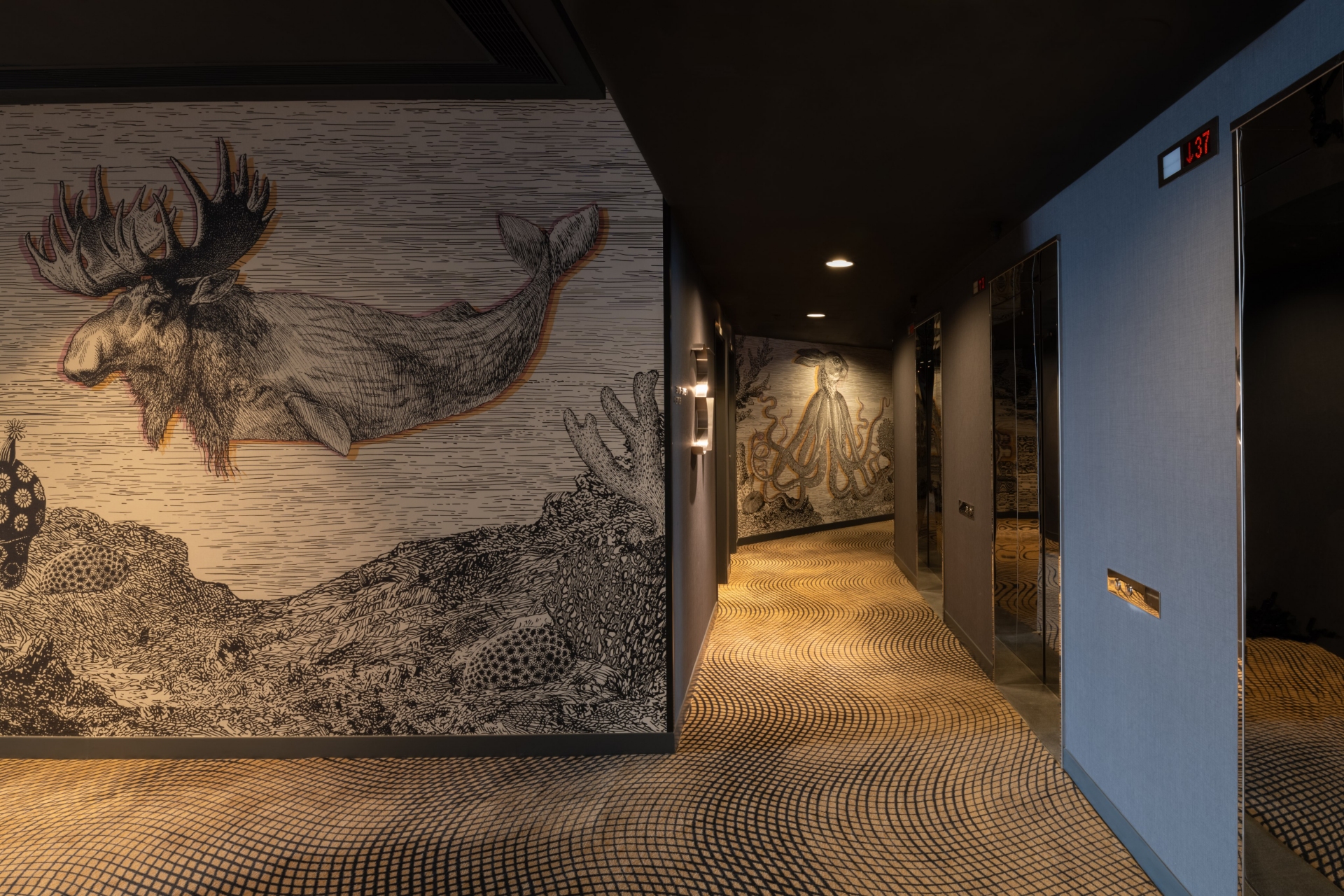
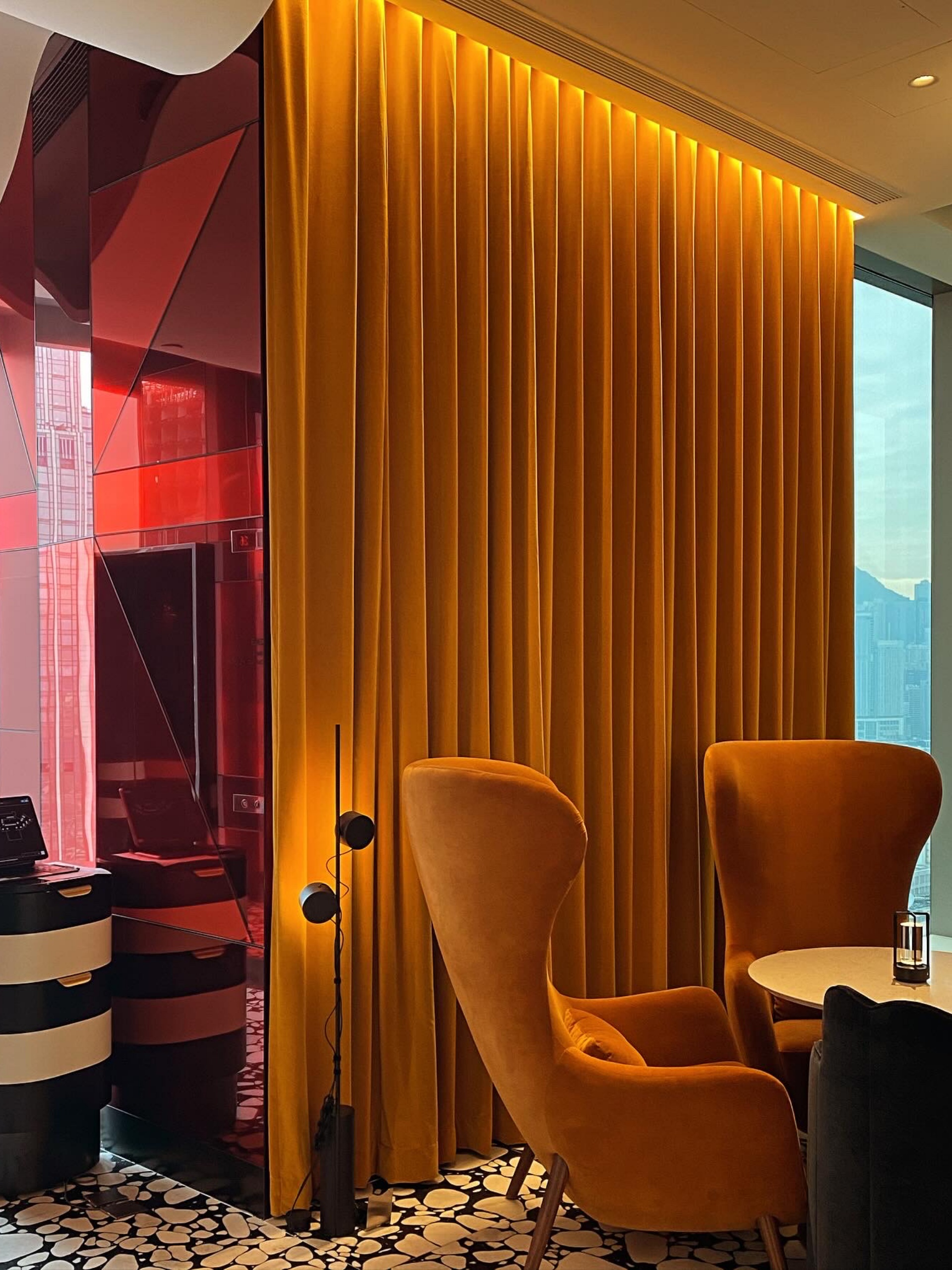
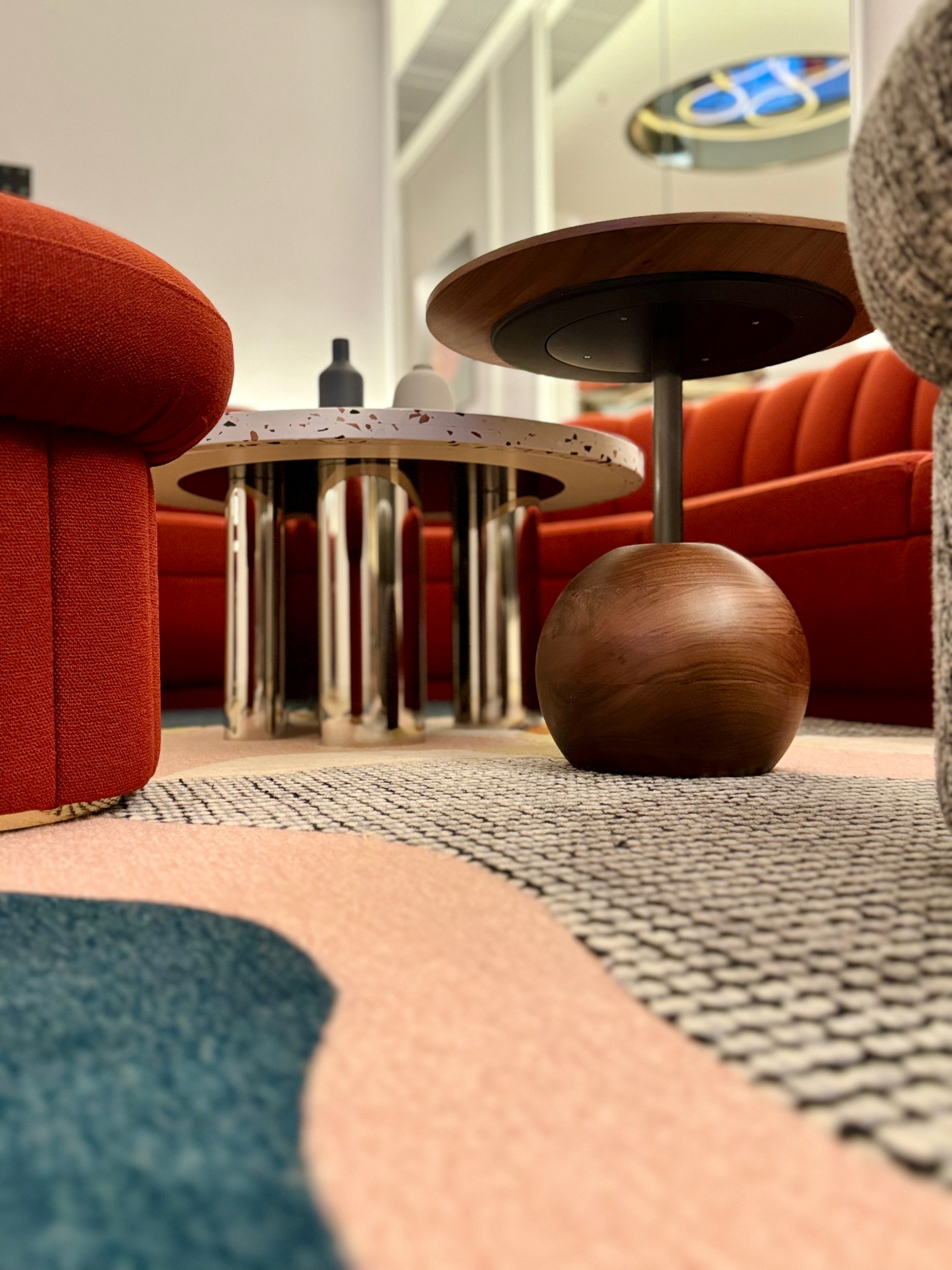
Mondrian Hotel's General Manager, Dirk Dalichau's vision for the hotel is a place of luxury and comfort for its guests and a supportive and inclusive community for its staff and the wider Hong Kong community. This focus on cultural immersion is rooted in local culture, storytelling, and a belief in being playful; even when life is serious, Mondrian wants you to have fun too. To bring joy to our lives and pass on that energy, and aims to be a social hub. "Mondrian's exudes fun, attitude, atmosphere, art and sense of place," Dalichau proudly proclaims.
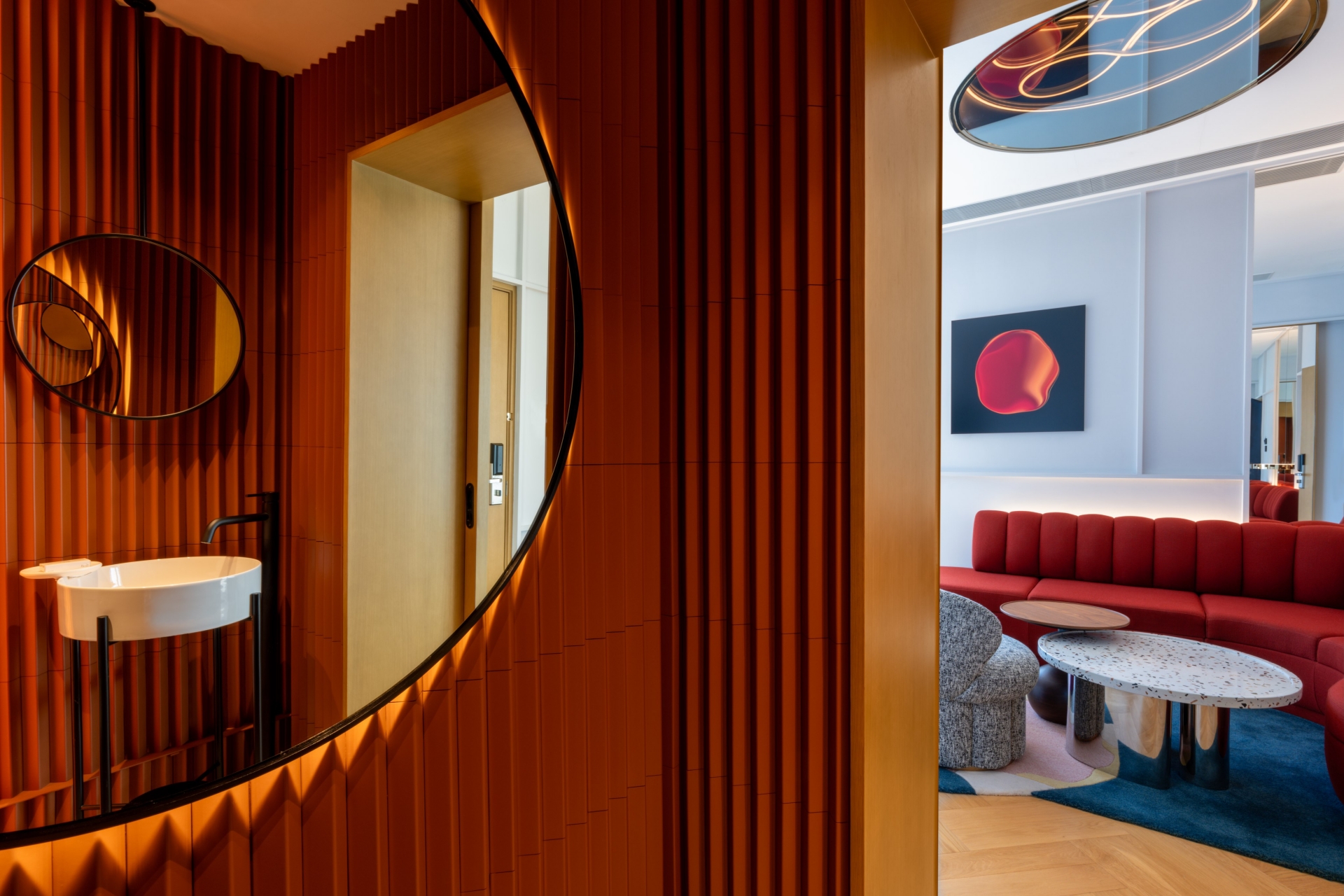
Joe Villanueva is heading the social hub at the destination bar on the 38th loop. He tells me he is thrilled to join the Mondrian team and be part of the Kowloon Renaissance, which has seen much of the nightlife action migrating across the harbour from Central and says, "Kowloon is happening. There's a new sophistication and understanding of food and beverage culture."
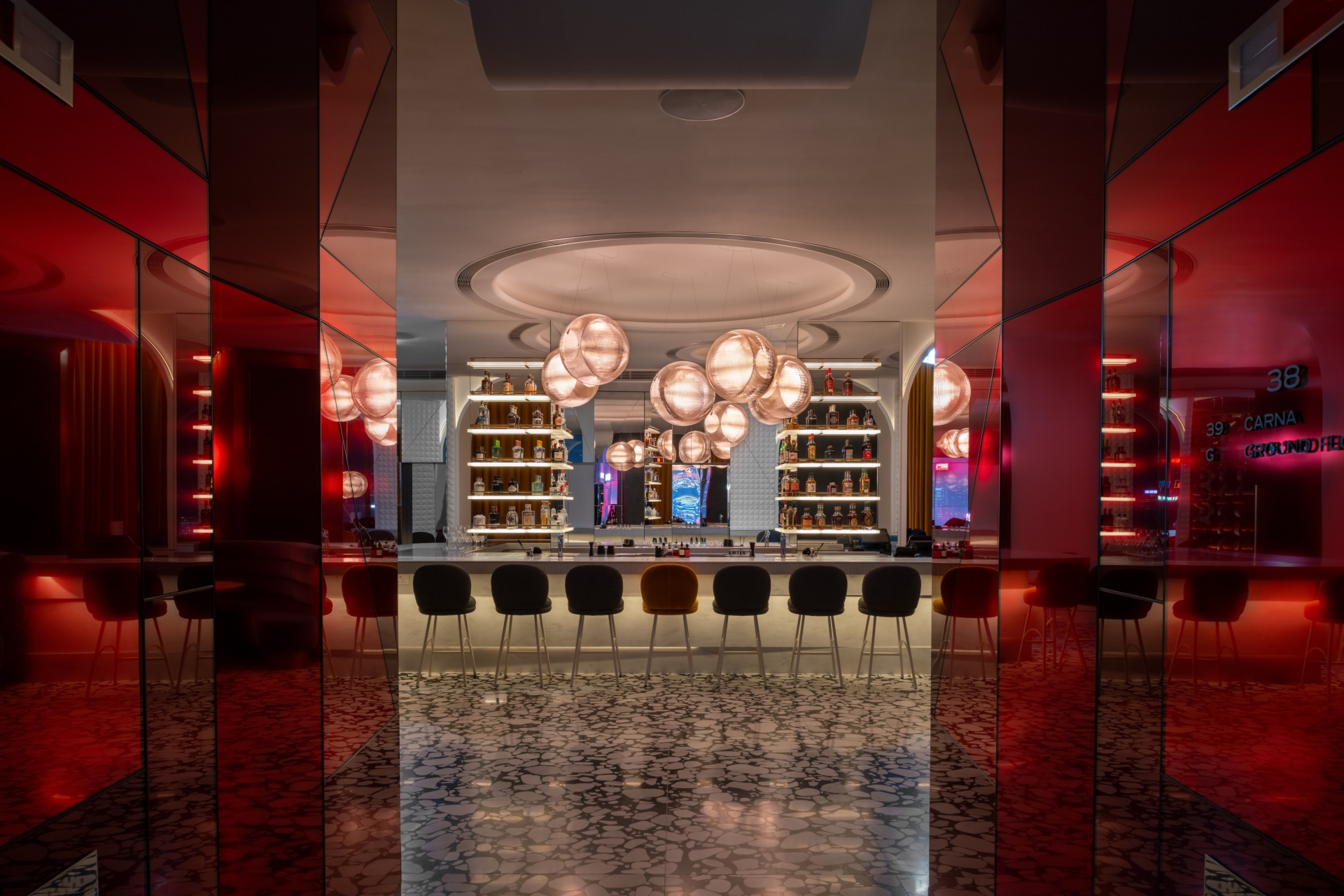
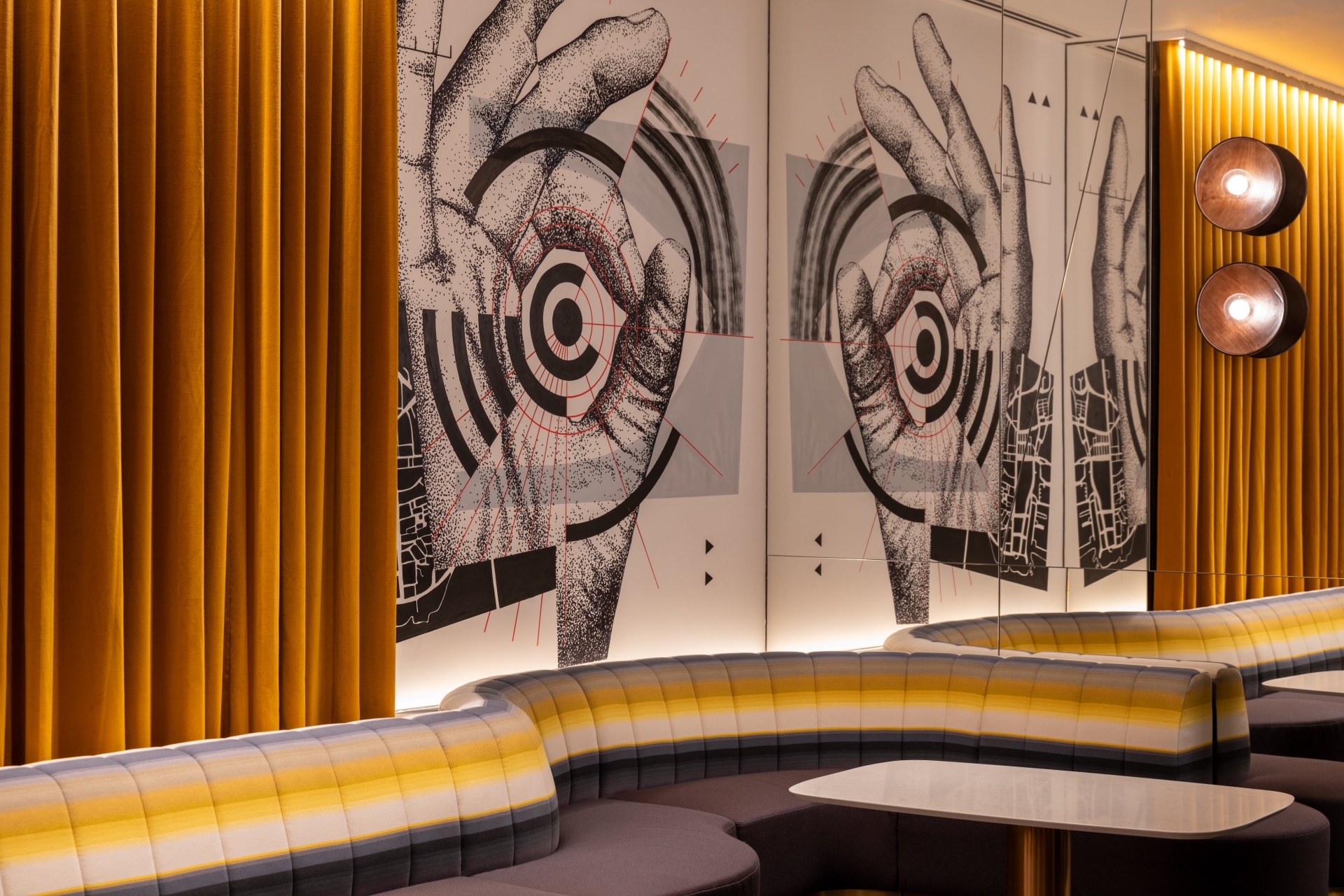
Villanueva takes inspiration from chefs and applies innovative culinary techniques to mixology. "I'm very much into the rotary evaporator, the new hot toy for bartenders where you can redistill and flavour the liqueur. We take local delicacies and magically transform them into savoury cocktails. Mondrian prioritises localisation, and for our LGM Mary, we macerate tequila blanco with black bean chilli oil from Lao Gan Ma and mix it with a clear Bloody Mary mix bursting with flavour. The Sesame and Peanut Butter Sour is a new take on the whiskey sour, based on a much-loved street food favourite, which has become our whiskey sour, while our classic Clay Pot Rice dish inspires our Clay Pot Negroni''.
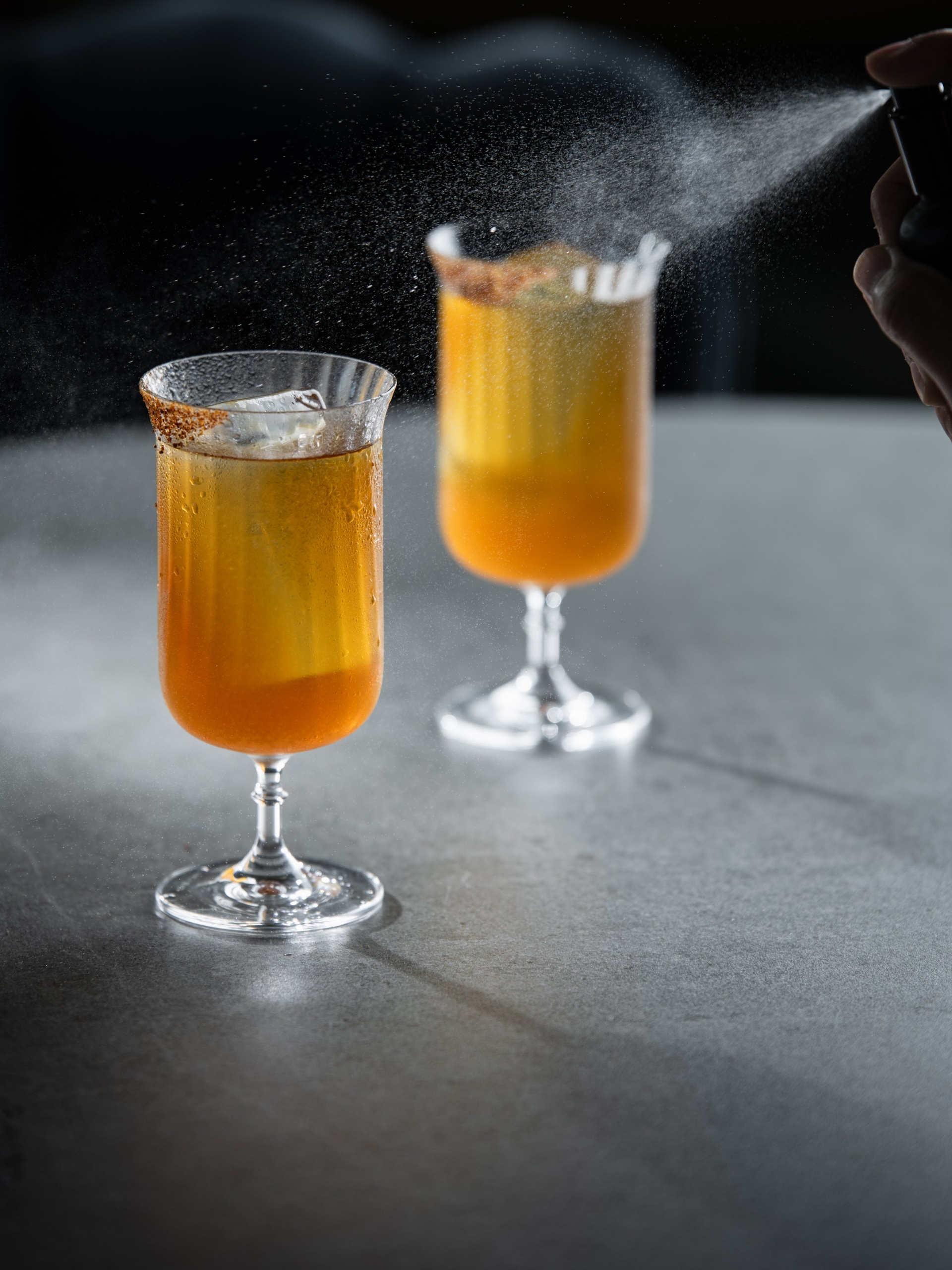
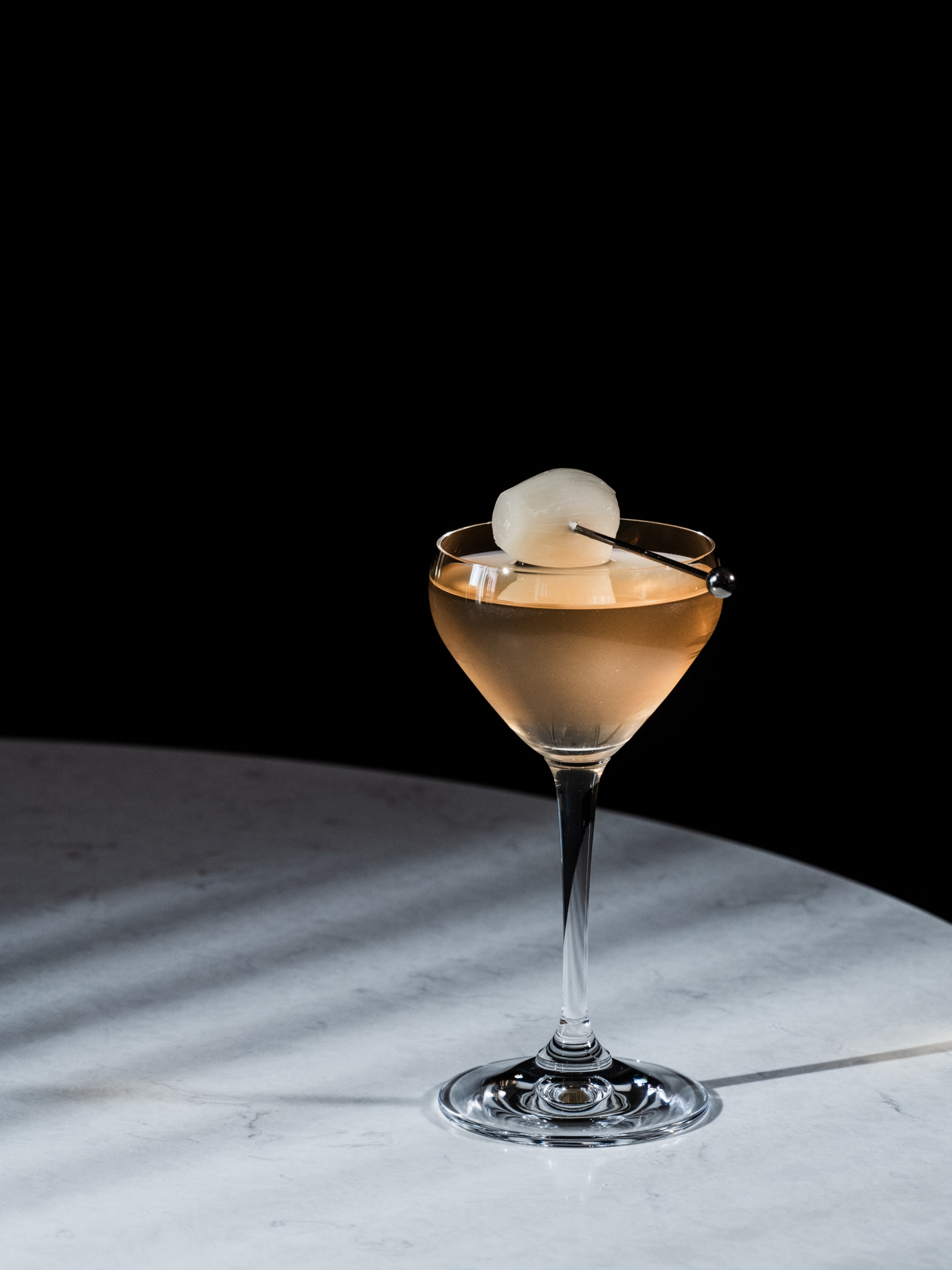
Mondrian's Design
Mondrian's provocative design is a bit cheeky and fun, echoing the vitality and dynamism of the area and connecting it to the city's spirit, showcasing works by local artists. View rooms from the 31st to 37th floors have exclusive access through their super-fast "Bullet Lift".
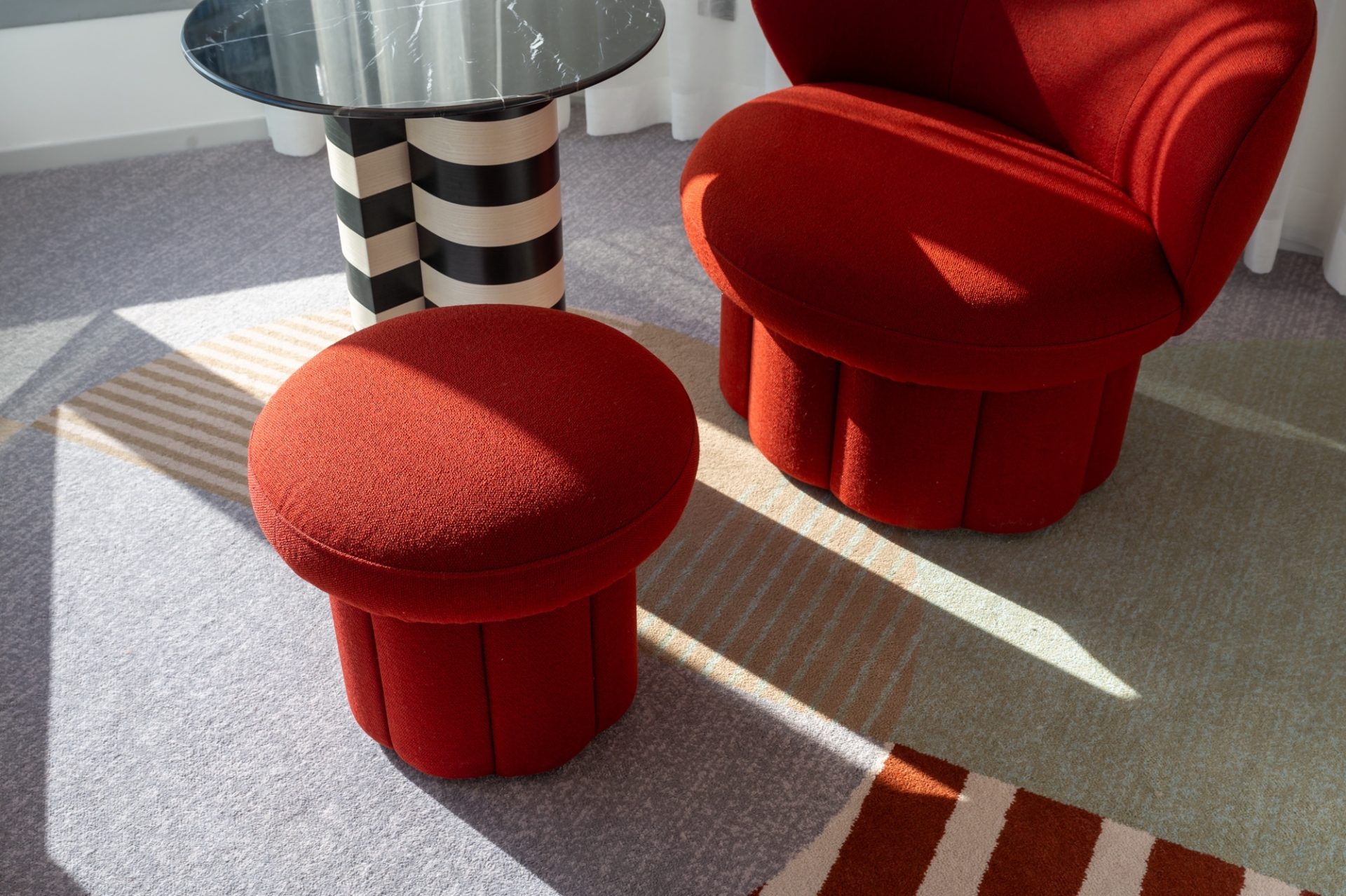
The Artists
One is Hong Kong-born and based self-taught artist Bao Ho, known for her mural art, street art and illustration, toys, and sculptures. Her clients include Nike, Tumi, Footlocker, Starbucks, Google, and K11. Bao tells me about her mural on the 38th floor. "I like the reflection of water. The waves or even a little drop of rain can create something different. With our imagination, it can turn into a monster or a beautiful ethereal girl made of water, like a goddess of water. She's a bit tipsy, and her hair is water and waves mixed with a bit of Hong Kong skyline and sailboats, like a reflection from the window when you look out of the room."
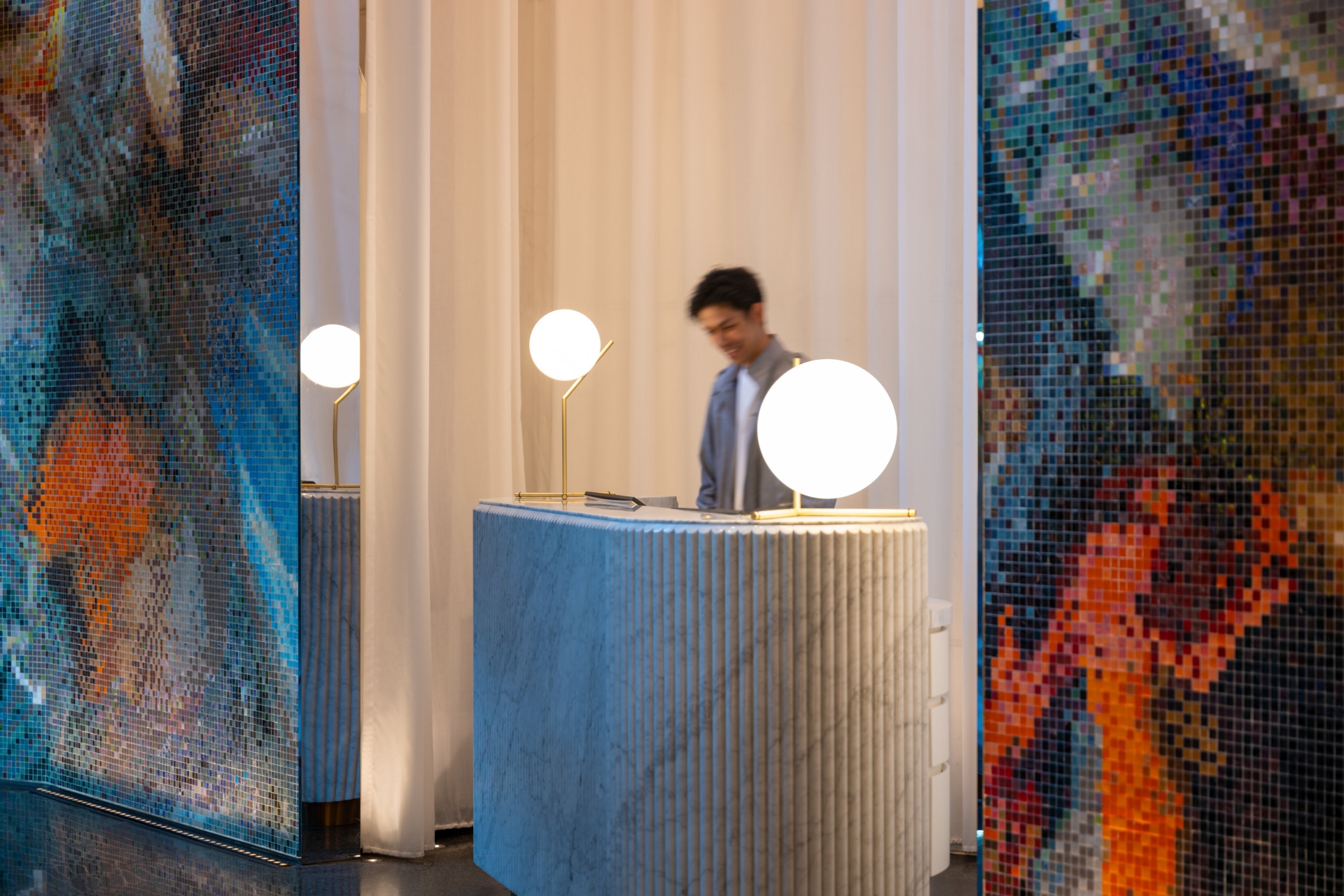
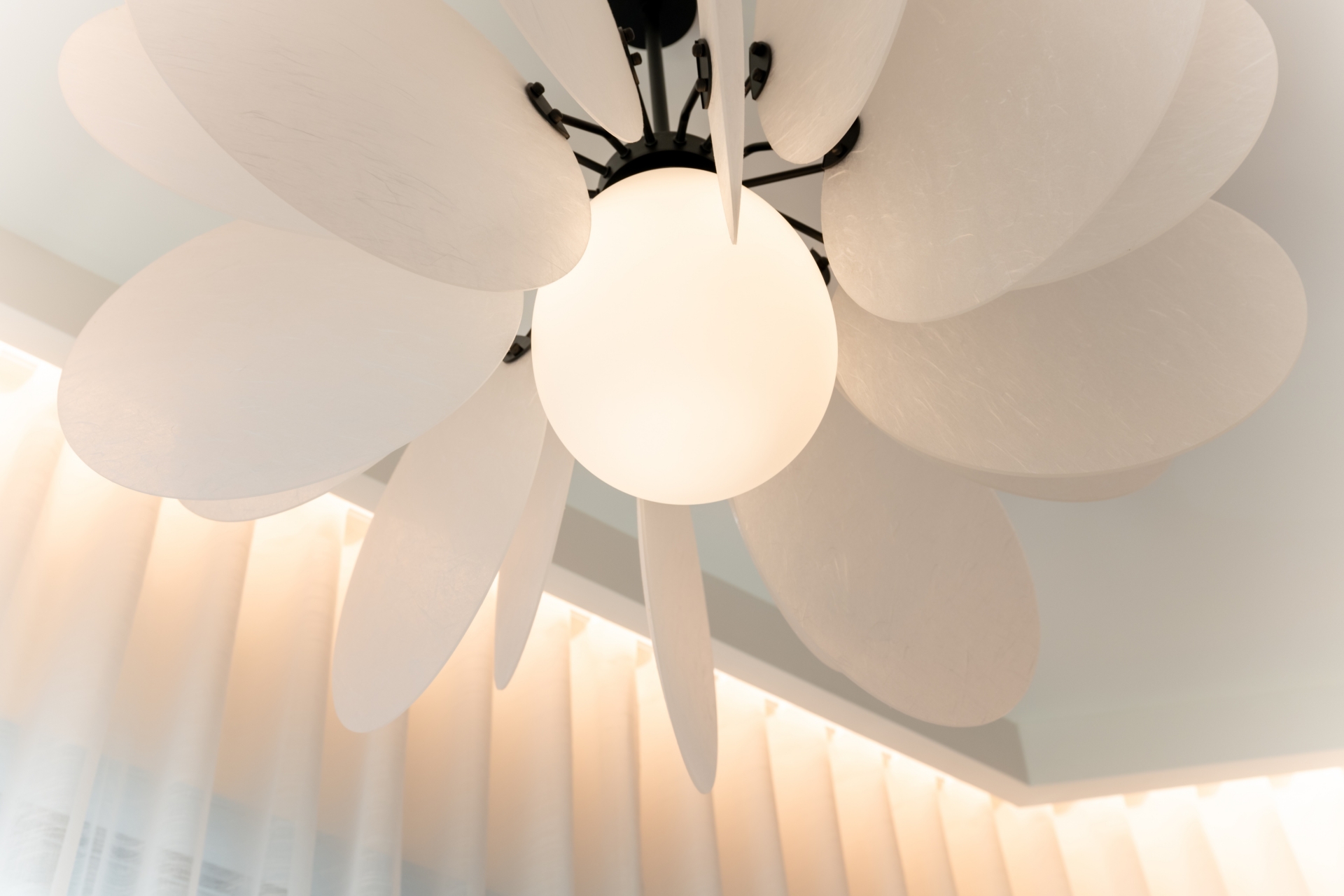
Hong Kong designer, illustrator and artist Wong Ting Fung explains that culture and life inspire him. He looks for contradictions in humans, life and society, recording them with pen, ink, brush and paste to inject his work with a strong style and contrast that is surrealistic and ironic. "My Mondrian mural concept shows an OK hand gesture in front of an eye, symbolising that our beautiful city remains in view regardless of the angle or direction of your gaze”, he explains.
The hotel design nods towards the style of maestro Marcel Wanders, which I discover is understandable as Karin Krautgartner - the designer responsible for creating and choreographing the magical interiors explains this is not merely coincidental as after graduating in 1999 in product design and an exchange year at the Rietveld Academie in Amsterdam, she interned for Marcel Wanders Studio in Amsterdam where she later became Creative Director for interior design. "I worked on product and interior design, including five star and six star lifestyle hotels, private residences, palaces, bespoke offices, and luxury apartment buildings globally. Wanders was my mentor; I worked with him for 21 years on developing a design language that is distinct, surprising, playful, emotive and bold. Learning from the master himself opened my eyes to a unique approach that has made it possible to think differently and create immersive destinations that are clearly outside the box." Krautgartner's most significant challenge was leaving a job she loved to start out on her own. Pulling together a creative team of designers experienced in interior and product design and 3D visualisation, she founded her own company in 2020, and has not looked back. Her projects take her, "Wherever creativity is needed, we love to engage". She continues, “Mondrian approached me to design the hotel interiors, meet the owner, and create a mockup room for them. Fortunately, they loved my vision. I am a product designer; however, I also studied industrial design under the Italian architect and designer Paolo Piva, and graphic design is a passion. Many of the hotel's items are bespoke and designed by us. I love to create rugs, wallpapers and surface pattern designs.” As for her design aesthetic, she says, "I was surprised when I formed my studio to get questions about my style, as I had always found a concept more important than a 'style'. We design for a client for a location and specific purpose, and the style and aesthetic will come with that. But, if I had to describe it, I would say it's whimsical, evocative, and daring but also soft, fun, and colourful". A perfect combination for the bold and provocative Mondrian group.
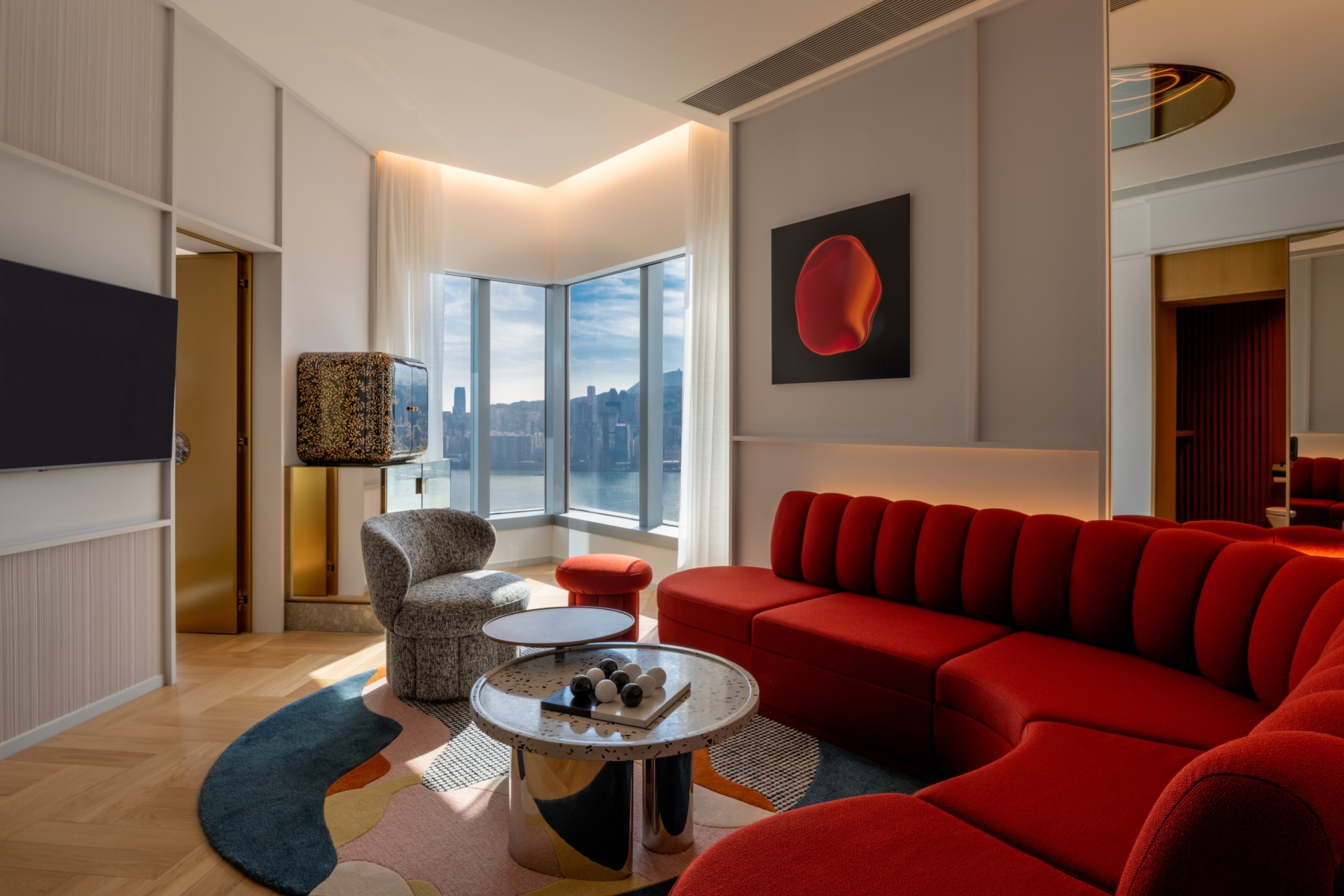
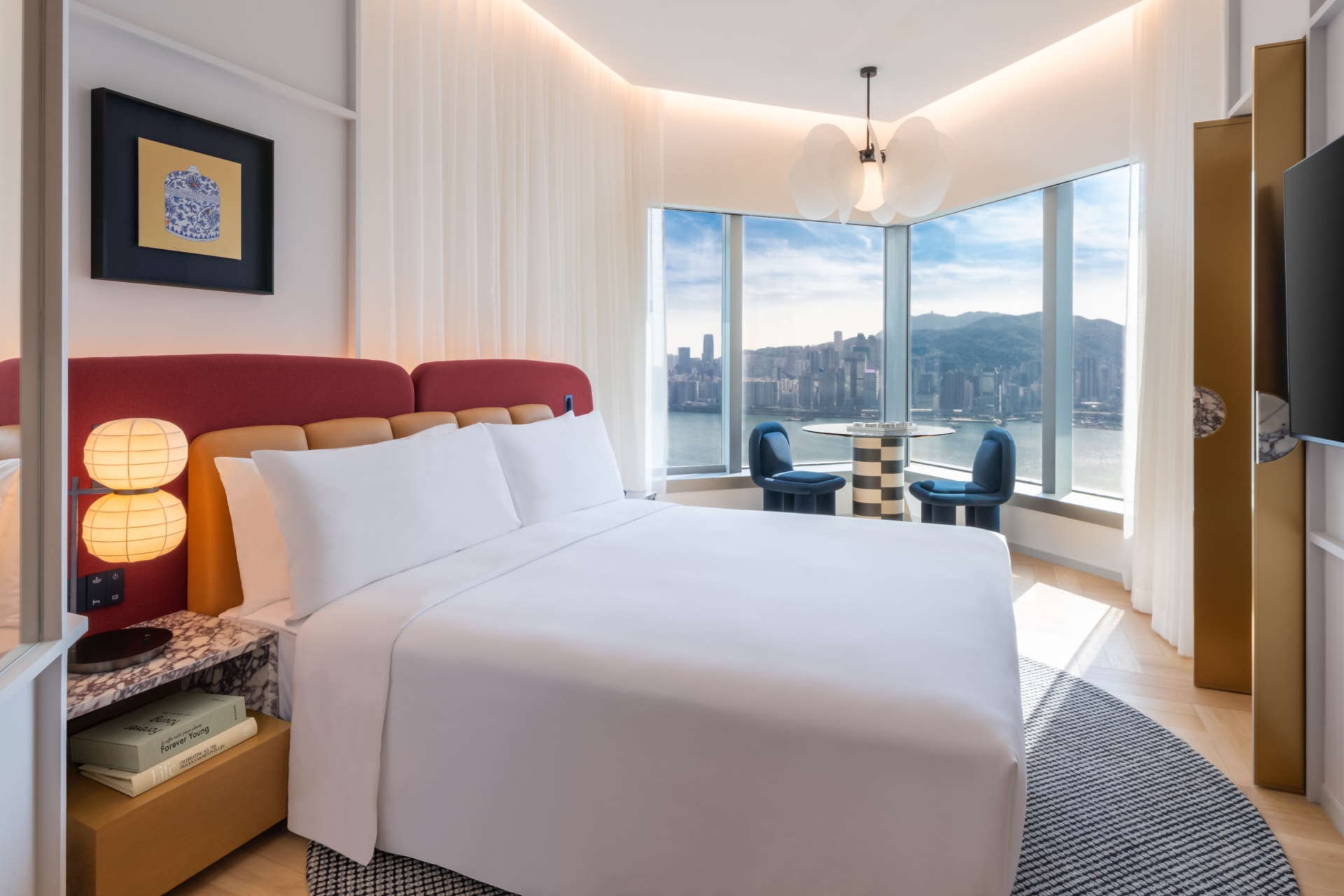
Krautgartner believes the most crucial aspect of the design process is to create a relationship between the user and the building, to "Create experiences and to evoke emotions through story and visual drama". Their brief was, "To create a Mondrian experience in Hong Kong. Everything else they left to our imagination". Krautgartner took her inspiration from the location, the history, and the culture of Hong Kong, saying, "Many aspects inspired us. The fact that Hong Kong was a fishing village, the history of tailors in the area, the disappearing neon signs, the beauty of the old and new next to each other, the mosaic tiles on the house facades, the local artists and their craft, the view, and the appreciation of the view the building itself, have all been a design reference, and inspiration". Regarding the "cultural embrace" she has engaged between the city and the design of the Mondrian Hong Kong, she says, "I think that by inviting local artists to join and contribute to interior design, we are embracing the culture. We connect to the city and the people by choosing street art over well-known artists. Also, by transforming the lobby into a vast showcase with oversized mosaic artwork, we are opening up to the world outside the hotel and sharing with the passersby and the locals rather than only the guests. We aim to give back to the neighbourhood wherever we can". Of the hotel's adoption of Hong Kong's vibrant street art-inspired works, Krautgartner explains, "We wanted to work with up-and-coming local artists, and these were the ones we found most exciting and the best fit with our design and the Mondrian brand. It's our first project as a design studio by KK, so it's our baby. It's so great to see that our vision came to life and that people enjoy it. We received tremendous support from the project team and everyone involved.”
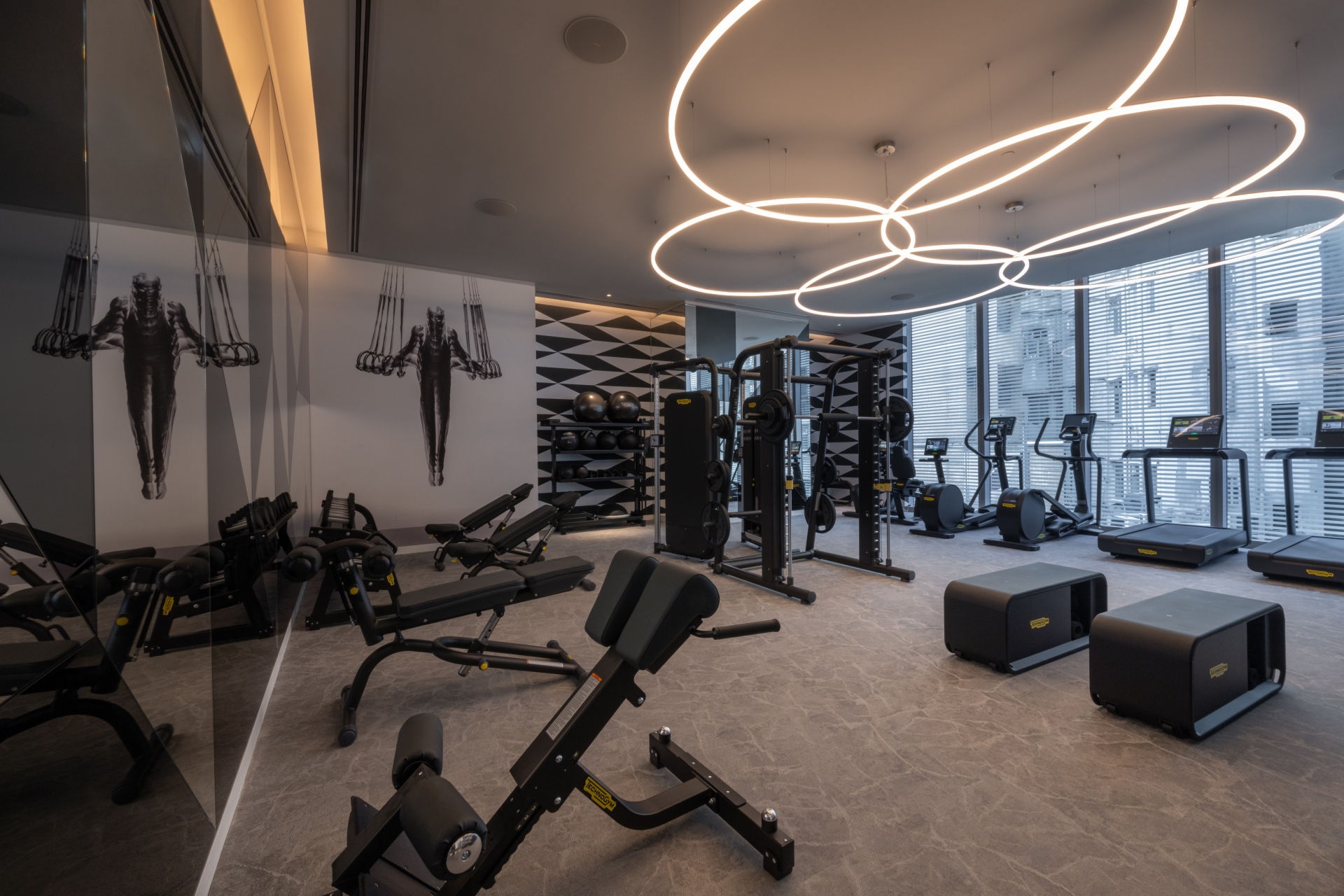
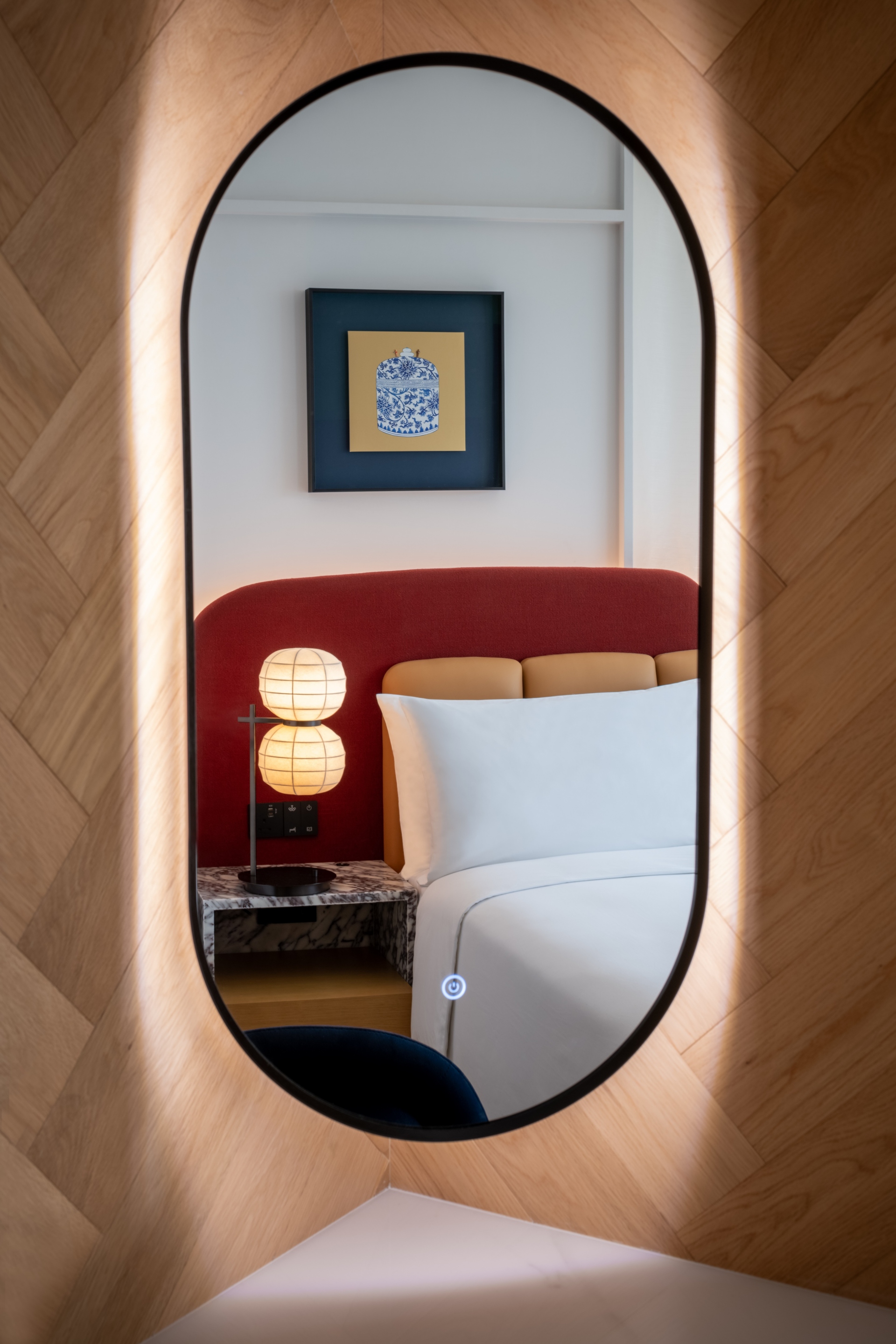
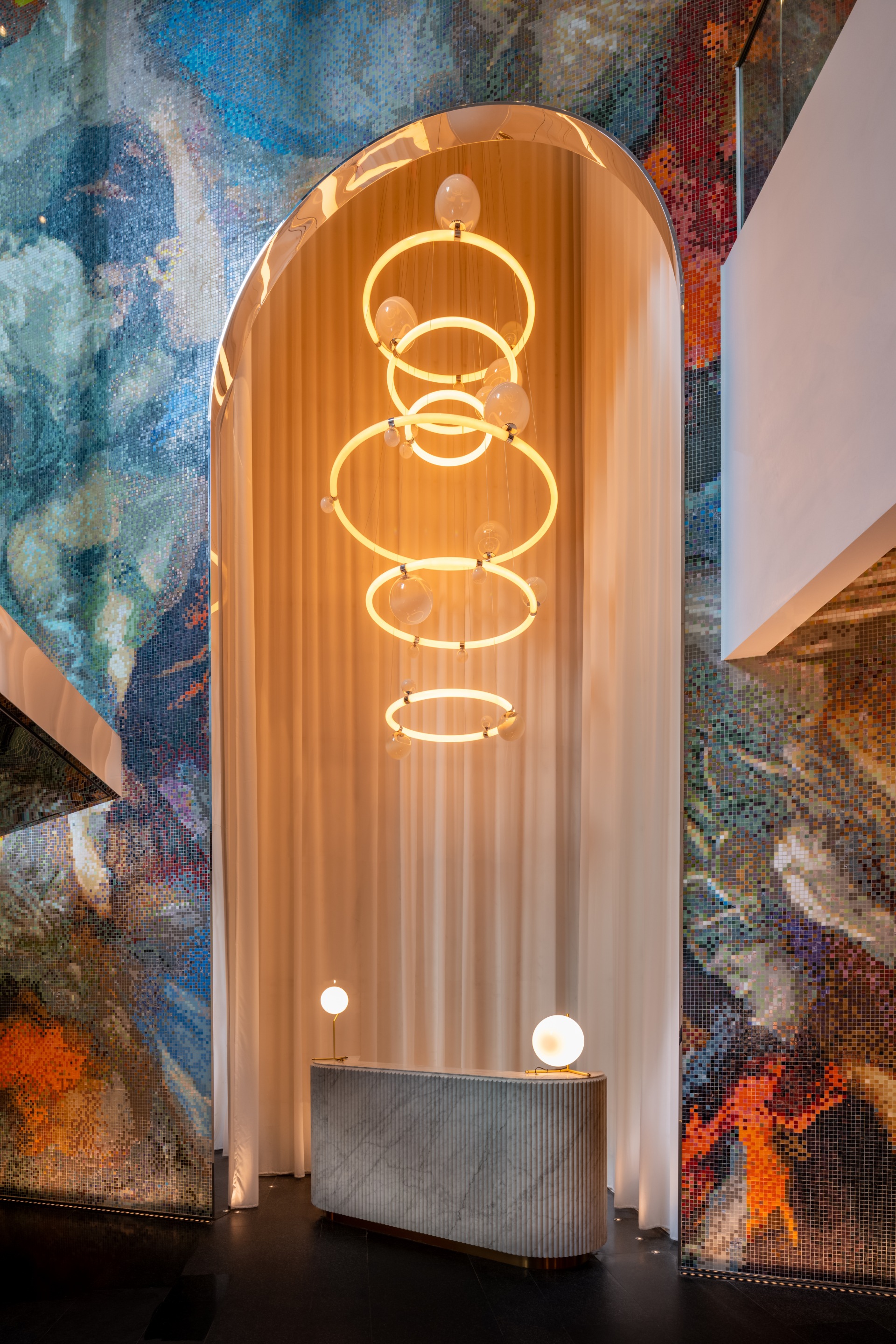
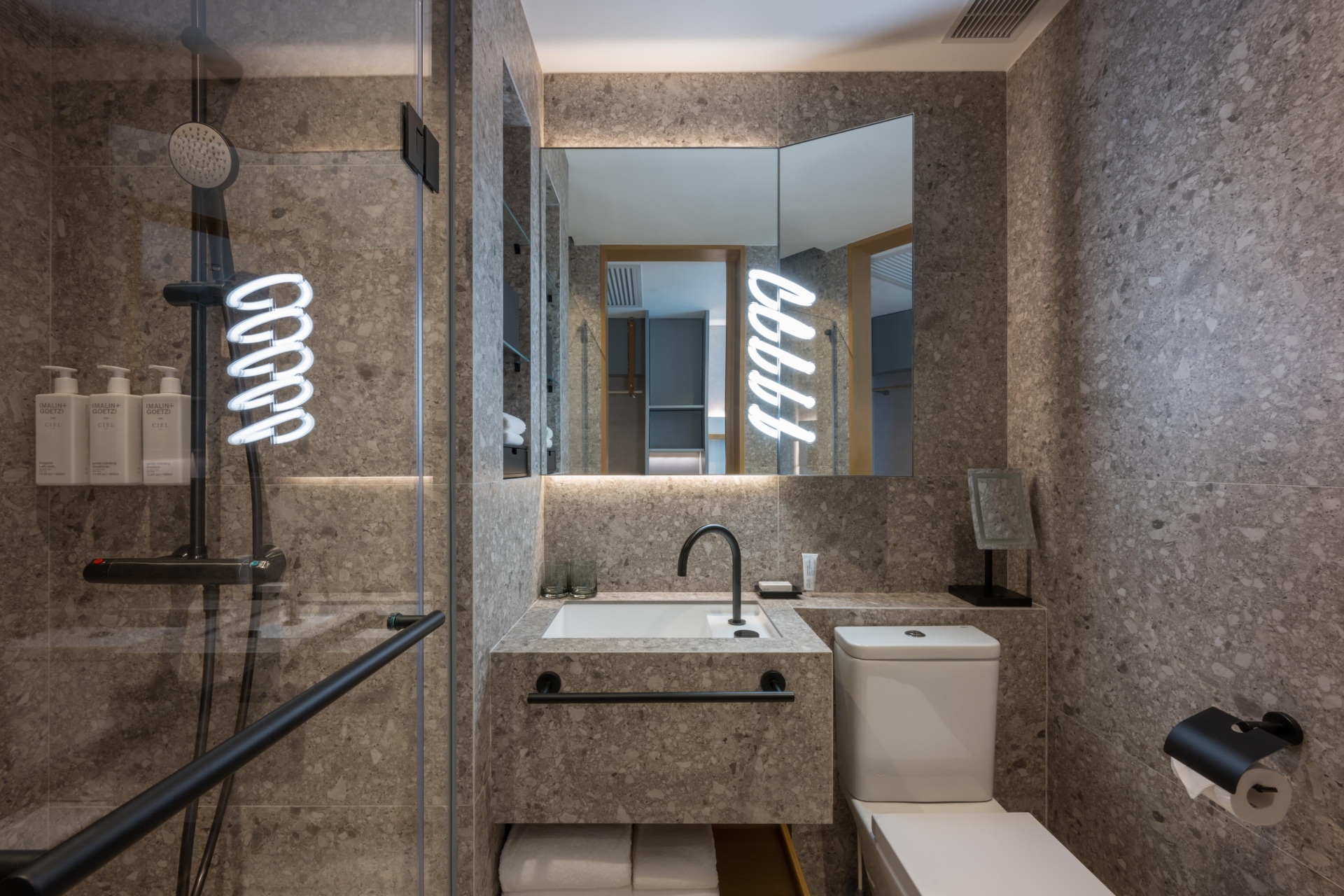
CARNA by Dario Cecchini
Carna is the vision of the award-winning legendary Italian butcher and culinary philosopher now world-famous for his appearance on Netflix's Chef's Table. Chef Dario Cecchini's nose-to-tail steakhouse philosophy is brought to life by the acclaimed Hong Kong-based designer Joyce Wang Studio.
